After exactly 51 years, the National Archaeological Museum of Ancona, the MAN Marche (Museo Archeologico Nazionale) reopened its wing with Roman finds in 2023. In 1972 an earthquake destroyed part of the museum.
Thanks to the reopening, the museum could be visited for free for 1 day. So Erik and I drove to Ancona that day.

Since 1958, the 16th century Palazzo Ferretti has housed the Marchigian archaeological collection. Unlike other Italian museums with archaeological finds, this museum was not created by collections of noble families, but by the will of the region to store and exhibit the excavated finds in Le Marche somewhere together. Which was urgently needed, because many excavated objects disappeared abroad and can now, at best, be admired in other foreign museums (including the Metropolitan Museum in New York).
Between 1868 and 1958 the collection moved several times between buildings, as the collection continued to expand and the Second World War caused a lot of damage to the city’s buildings. In 1906 the museum was already recognized as national or state.
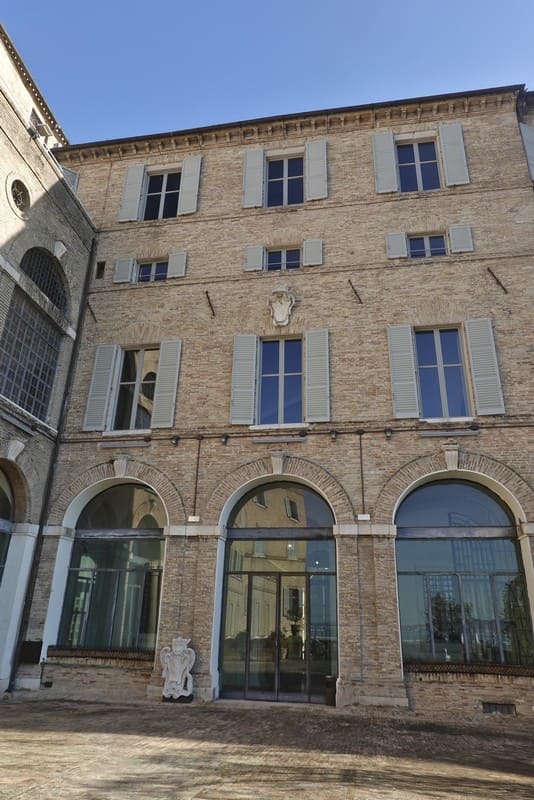
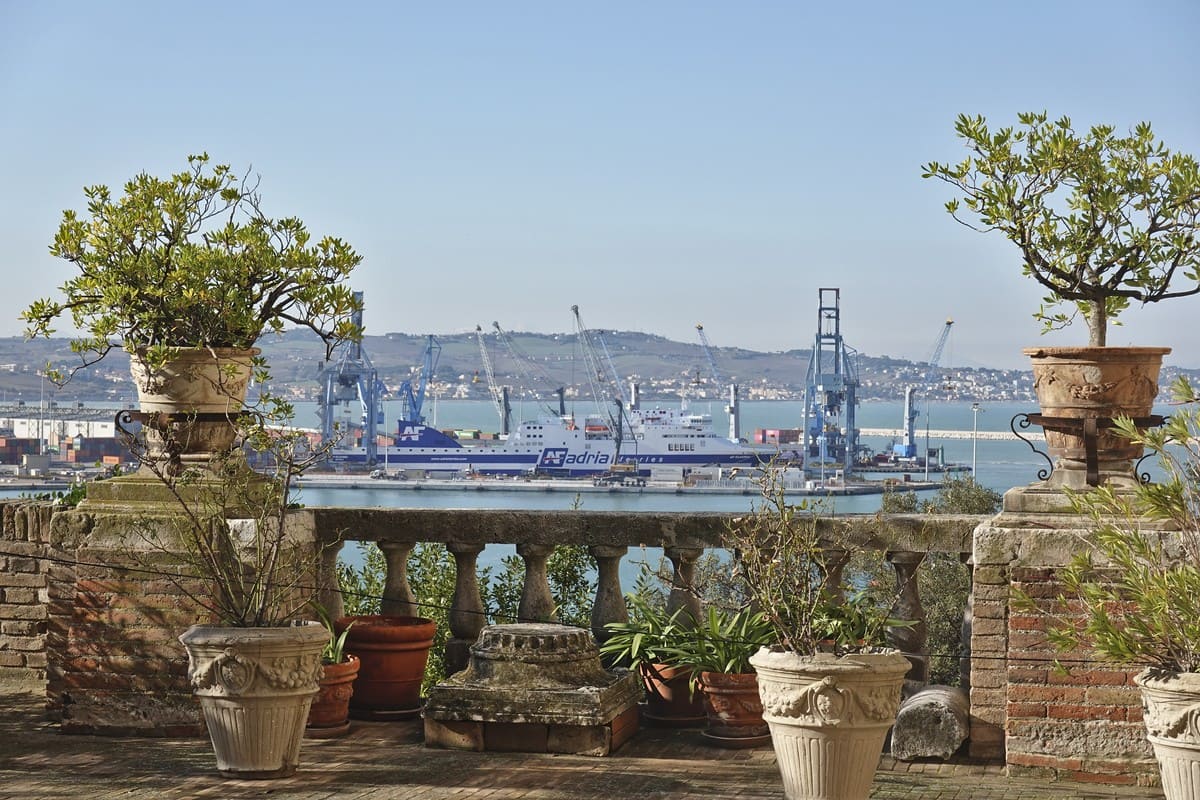
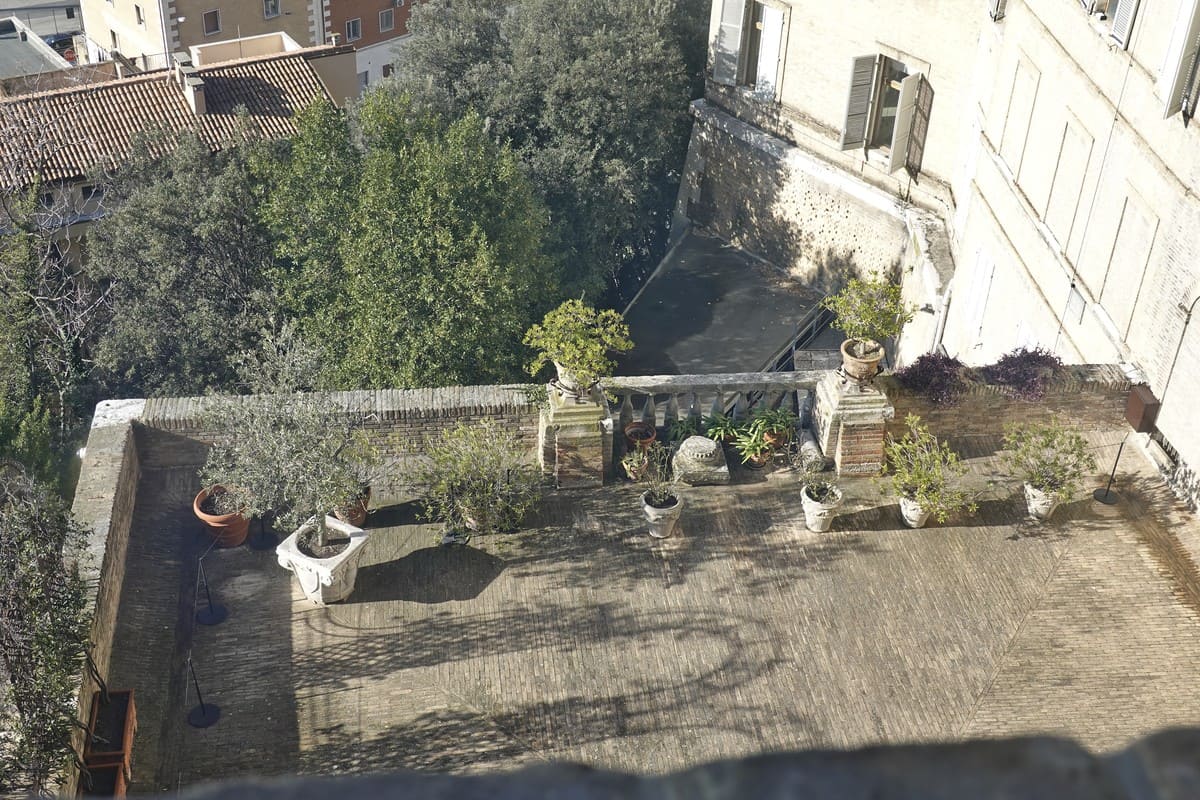
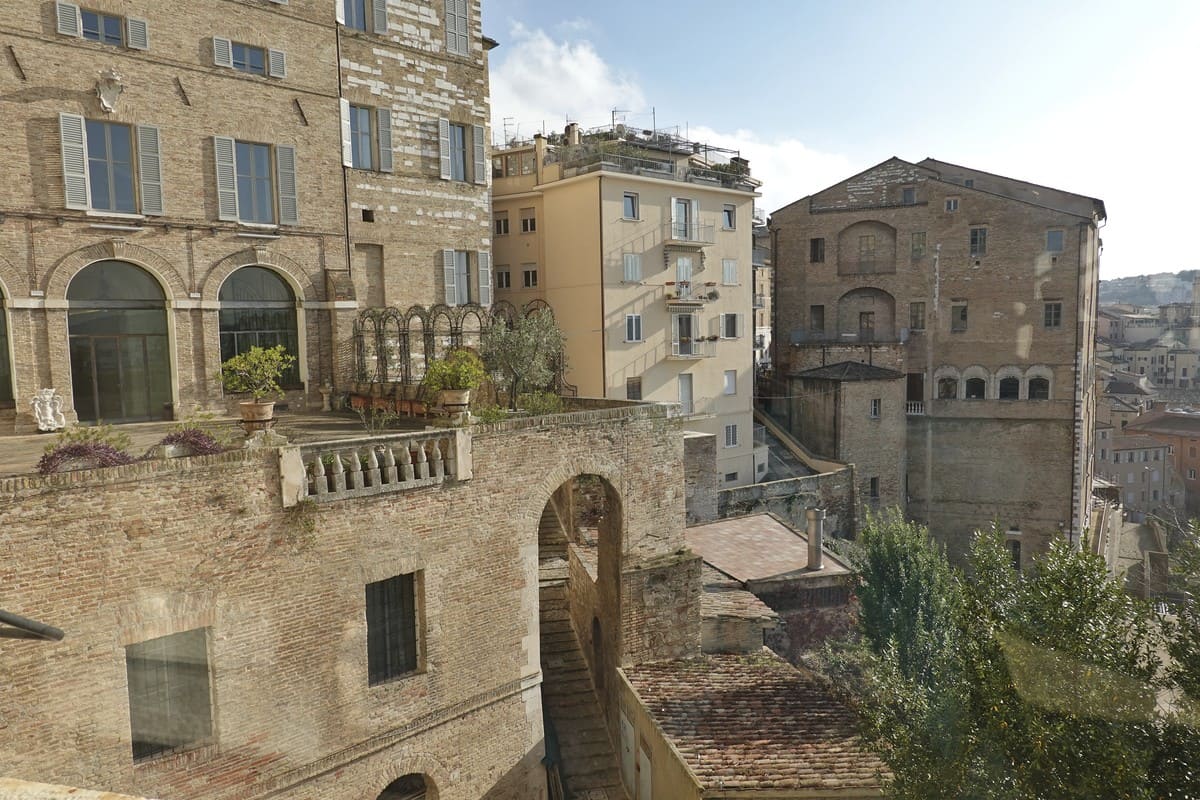
The very first we reached a terrace (a project by Luigi Vanvitelli, a famous Italian architect with a Dutch father – Van Wittel – who was a painter). Vanvitelli designed, among other things, the Mole Vanvitelliana in Ancona, which we already mentioned.
From here we enjoyed a beautiful view of the harbor.

Moreover, from above we noticed a copy of the bronze horsemen from Pergola, for which Ancona and Pergola fought for years to be able to exhibit them. On our first visit to the museum in 2001, there was also a copy of these Roman horsemen inside. (not seen now)
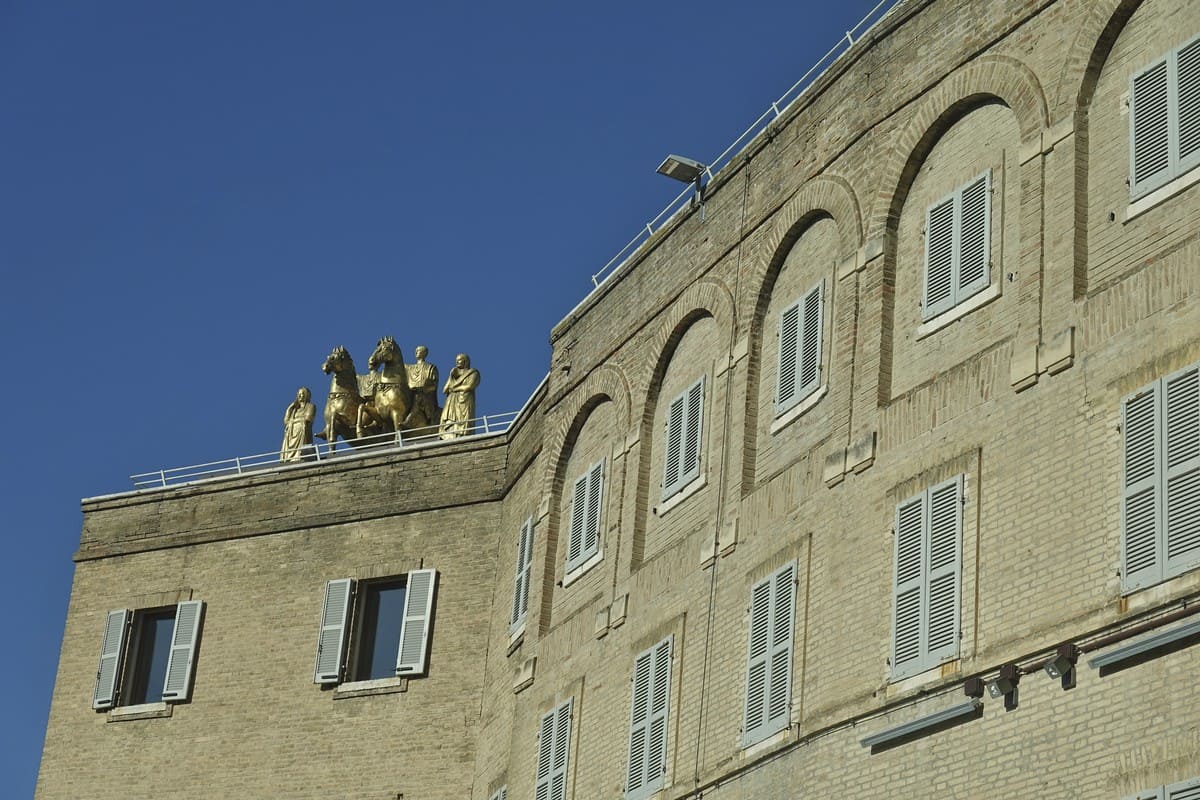
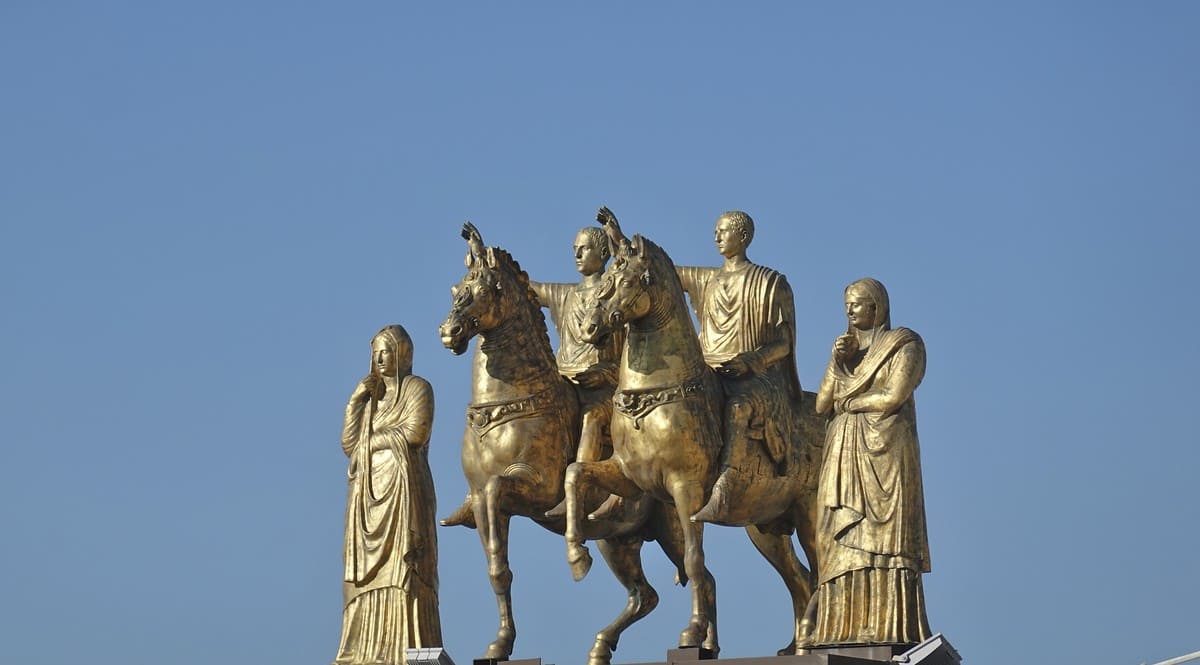
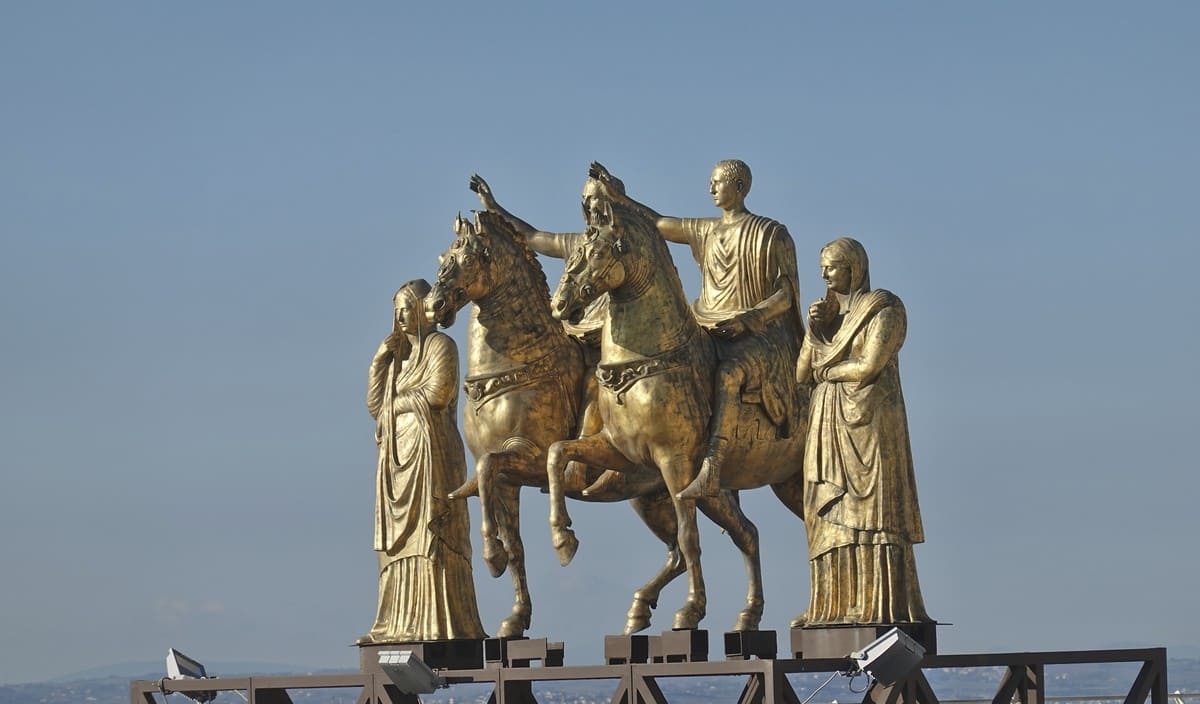
We reached the first department via a staircase. There was a lot of painting going on in the museum and several departments were closed, including those for Gothic and Lombard objects.
First we noticed a well-known object, the Venus of Frasassi, a copy of which is in the archaeological museum of Genga. It is one of 10 unique prehistoric Italian female statues dating from the Paleolithic period, 20,000 BC. Personally, I thought the copy was better displayed than the original here in Ancona.
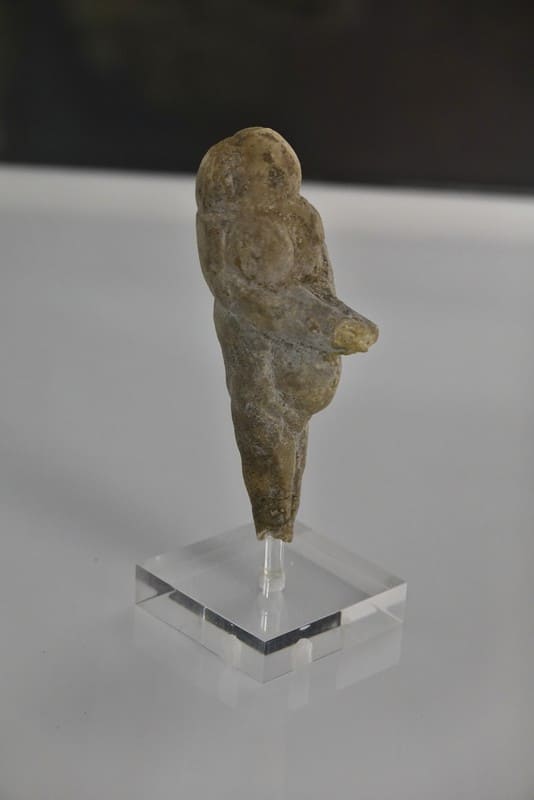
We then reached the rooms containing the Paleolithic artefacts found on Monte Conero and other Marchigian areas: the famous stone tools, both large and fine.

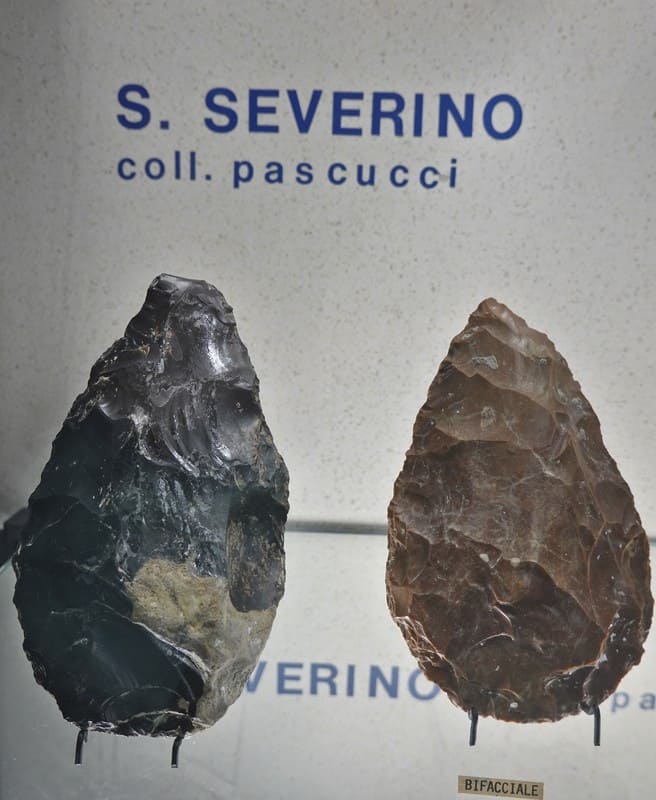
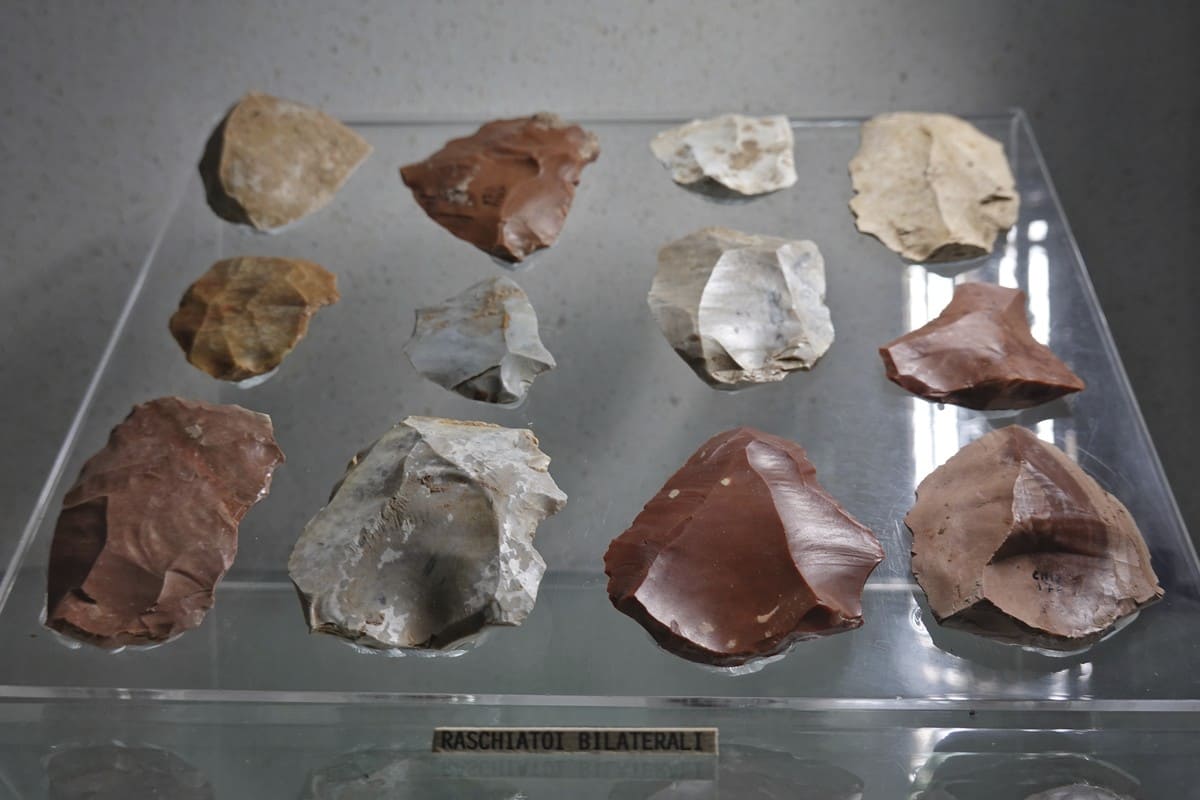
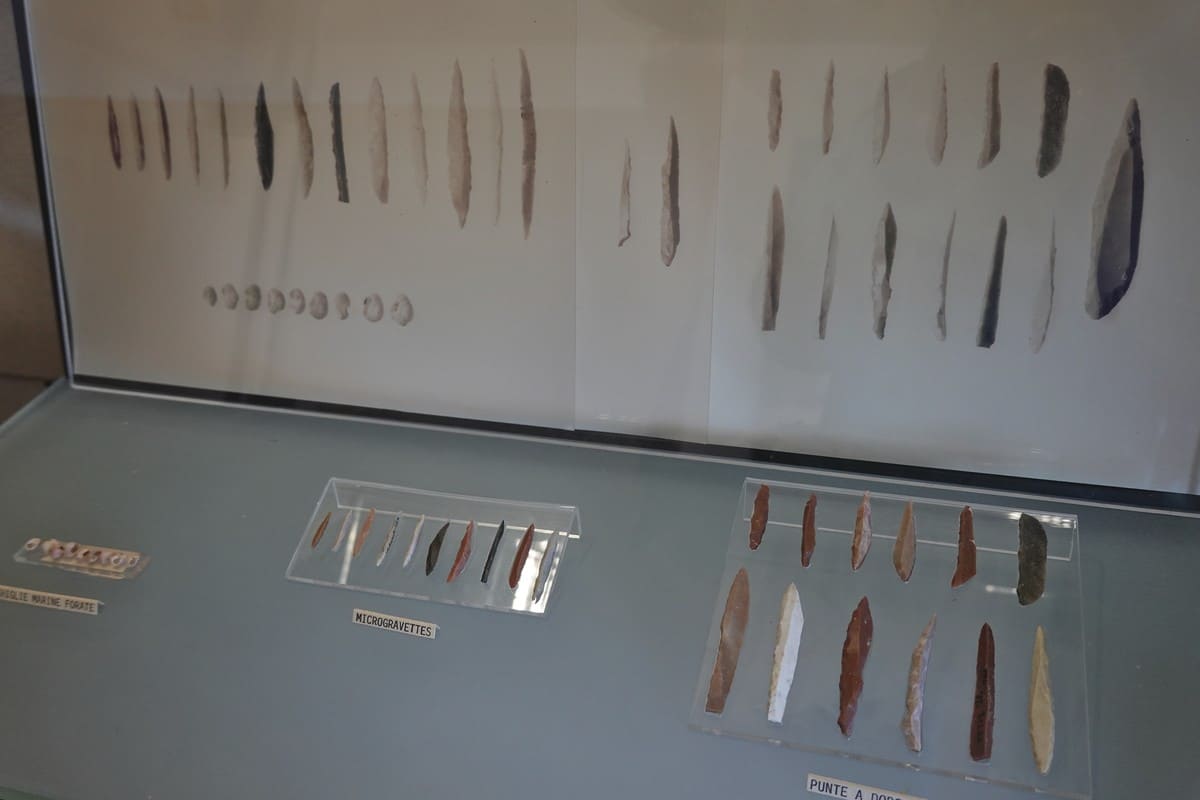

We also saw the first decorations on stones.
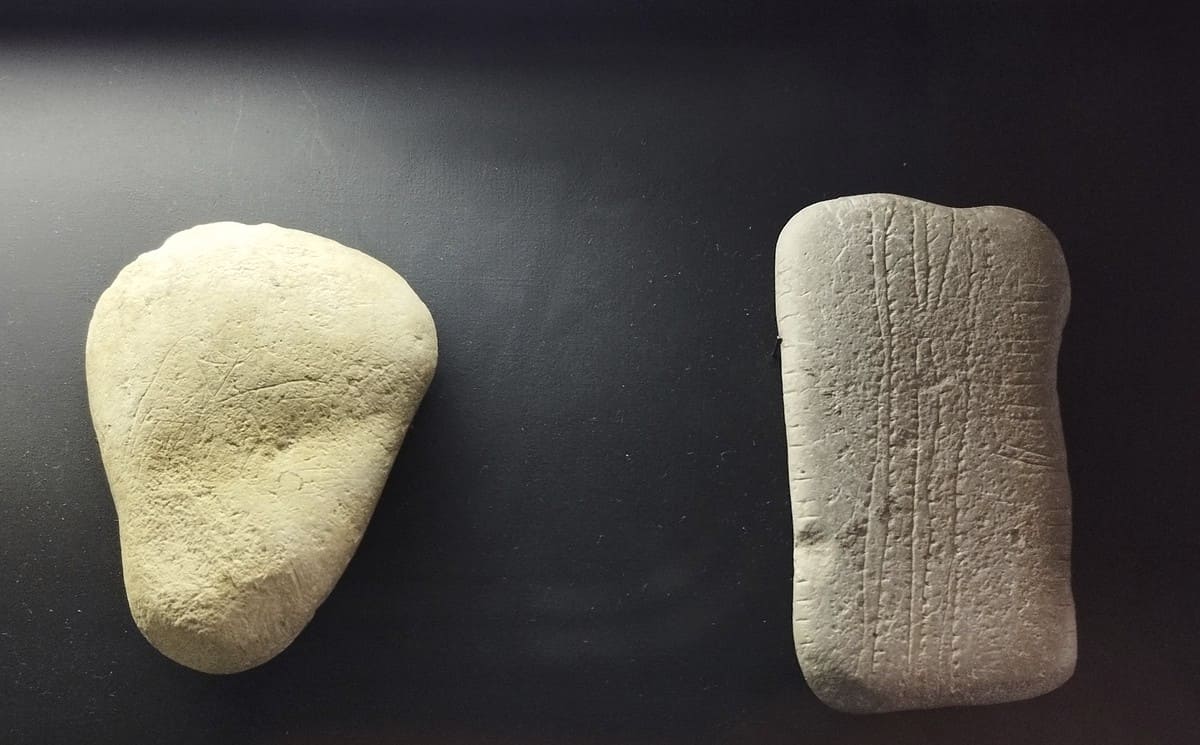
We ended up in the Neolithic, 10,000-3000 BC, where agriculture emerged at the end of this era; So numerous agricultural tools, including grinding stones, decorations with shells, and terracotta vases can be admired.
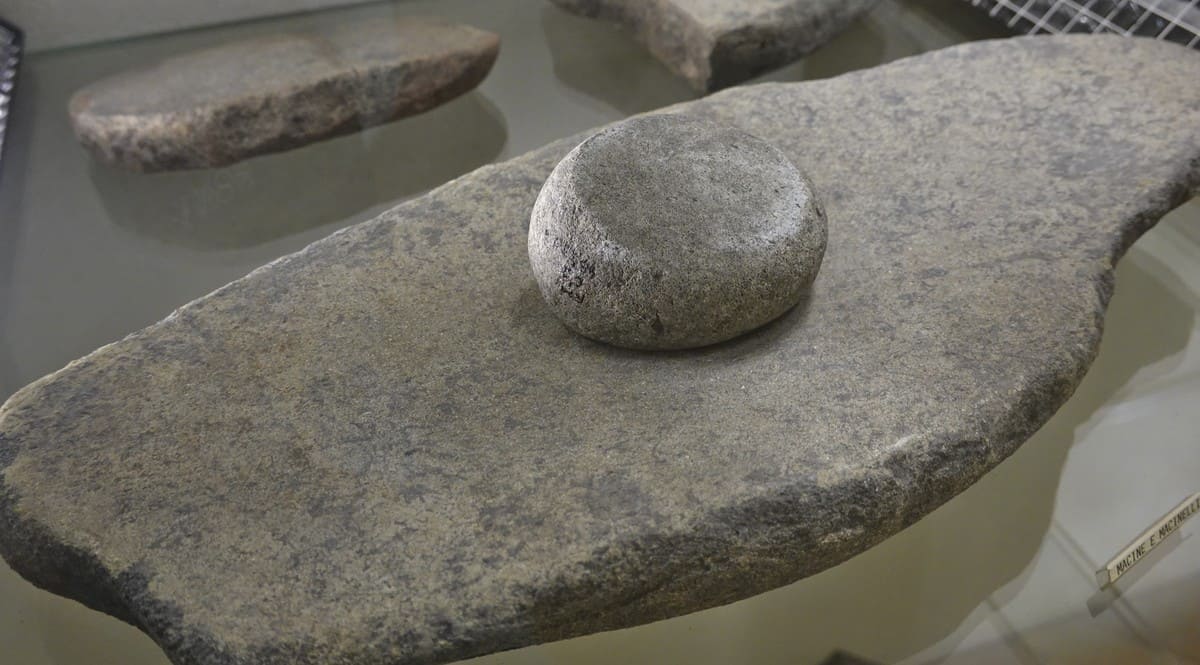

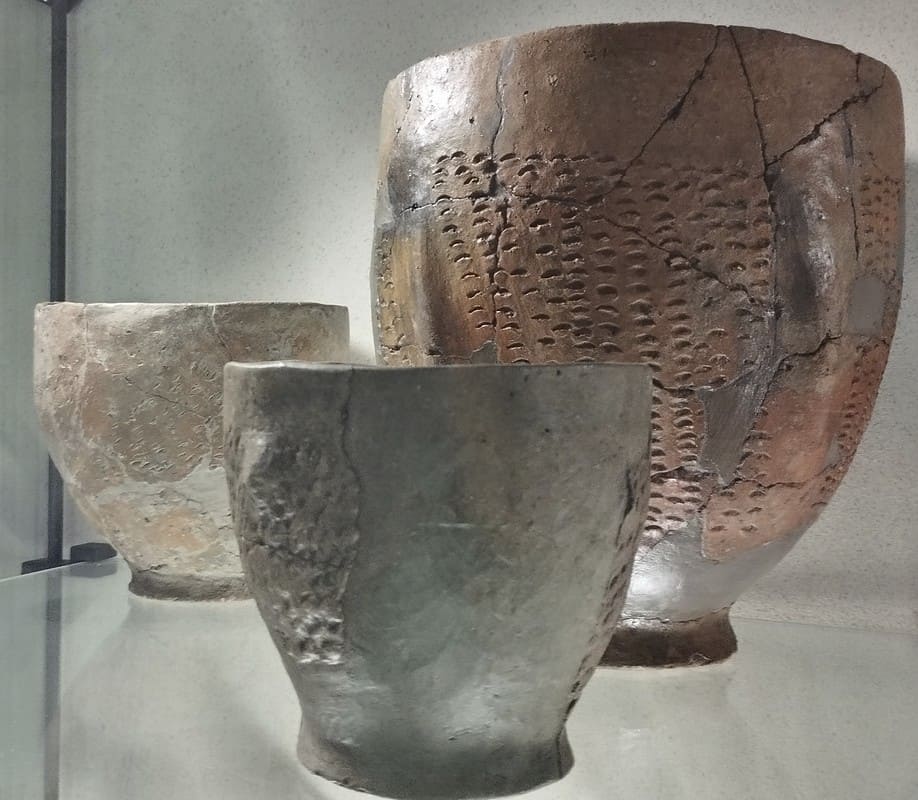
The exhibition rooms themselves were also worth a visit, numerous beautiful ceiling paintings from the 16th century decorated the rooms.
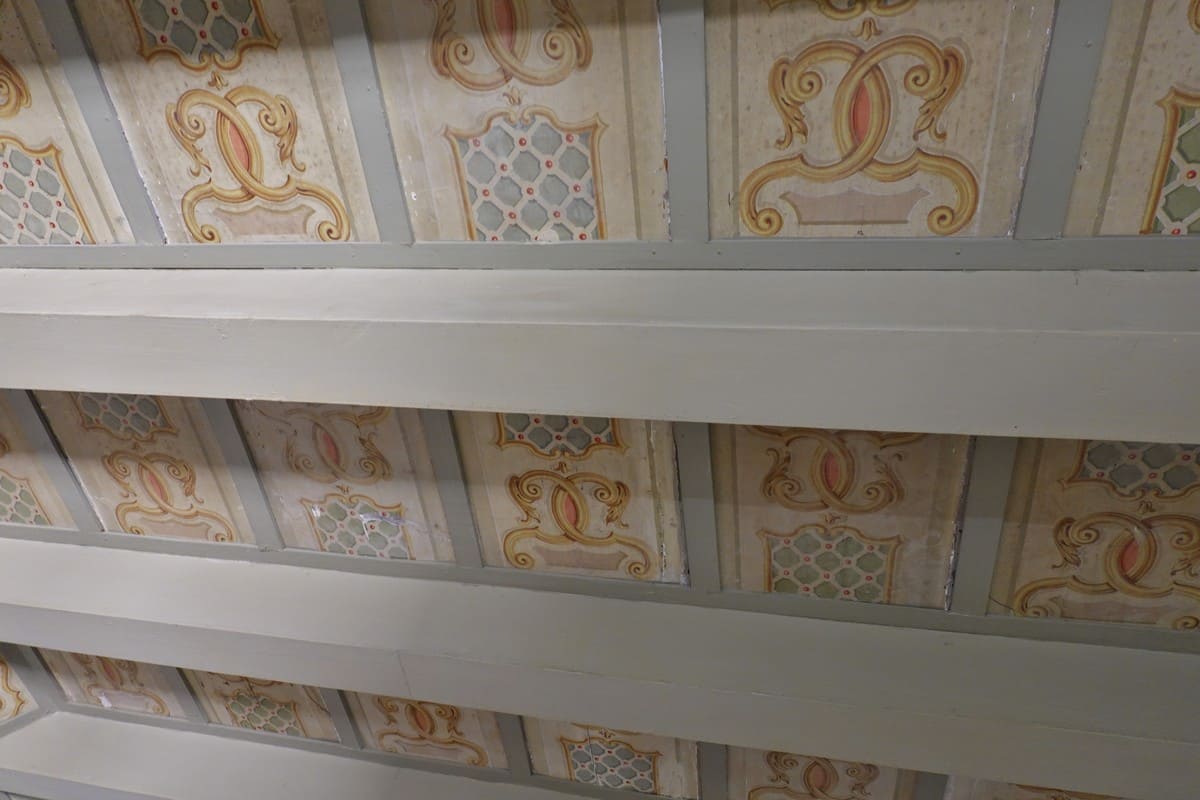
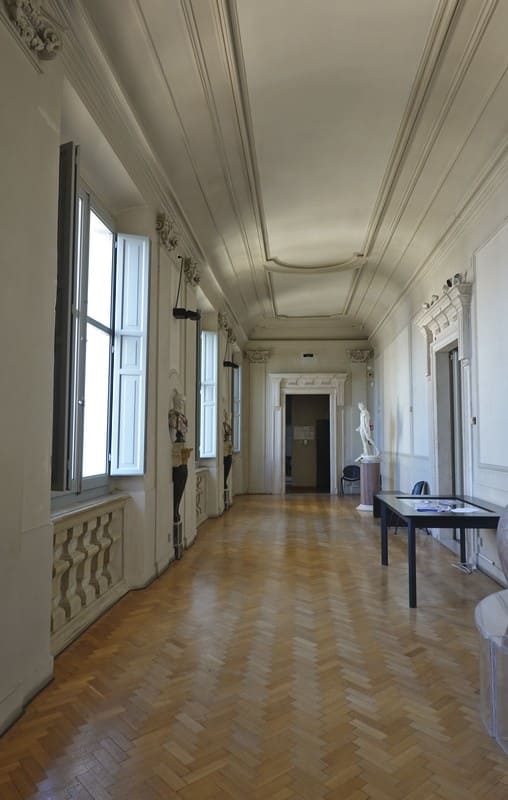
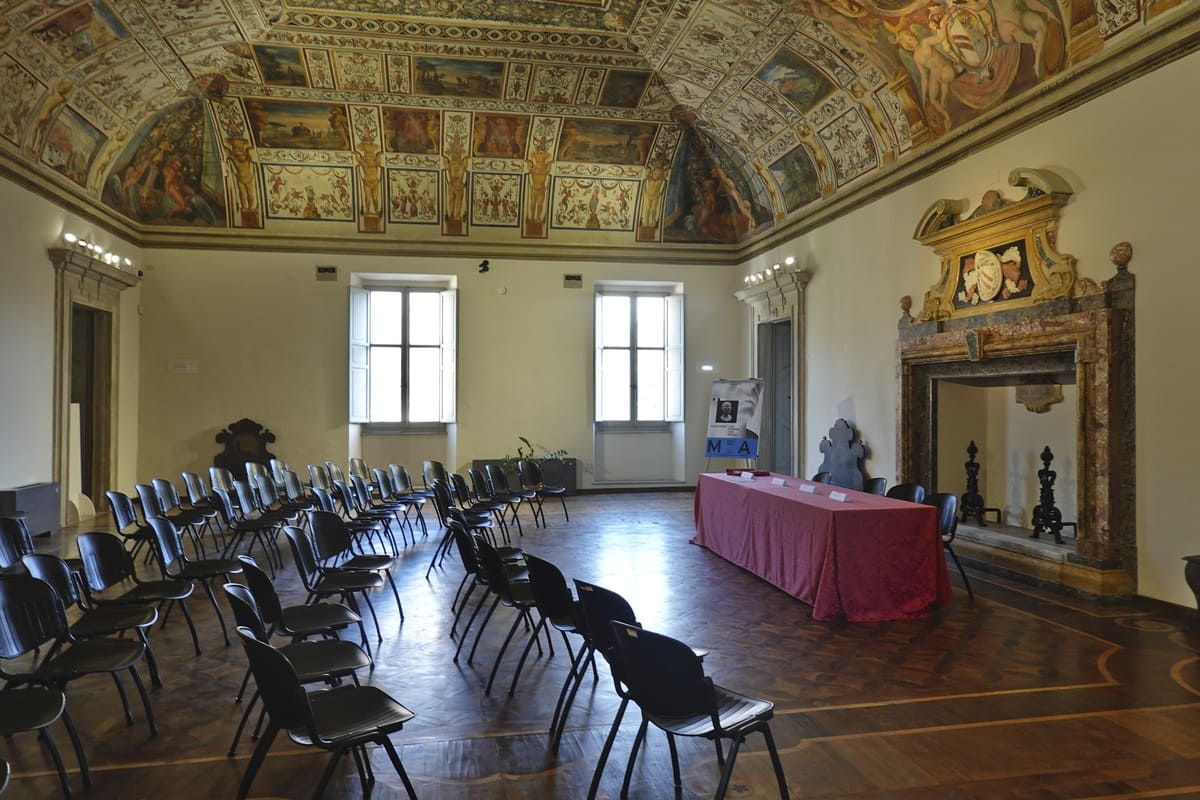
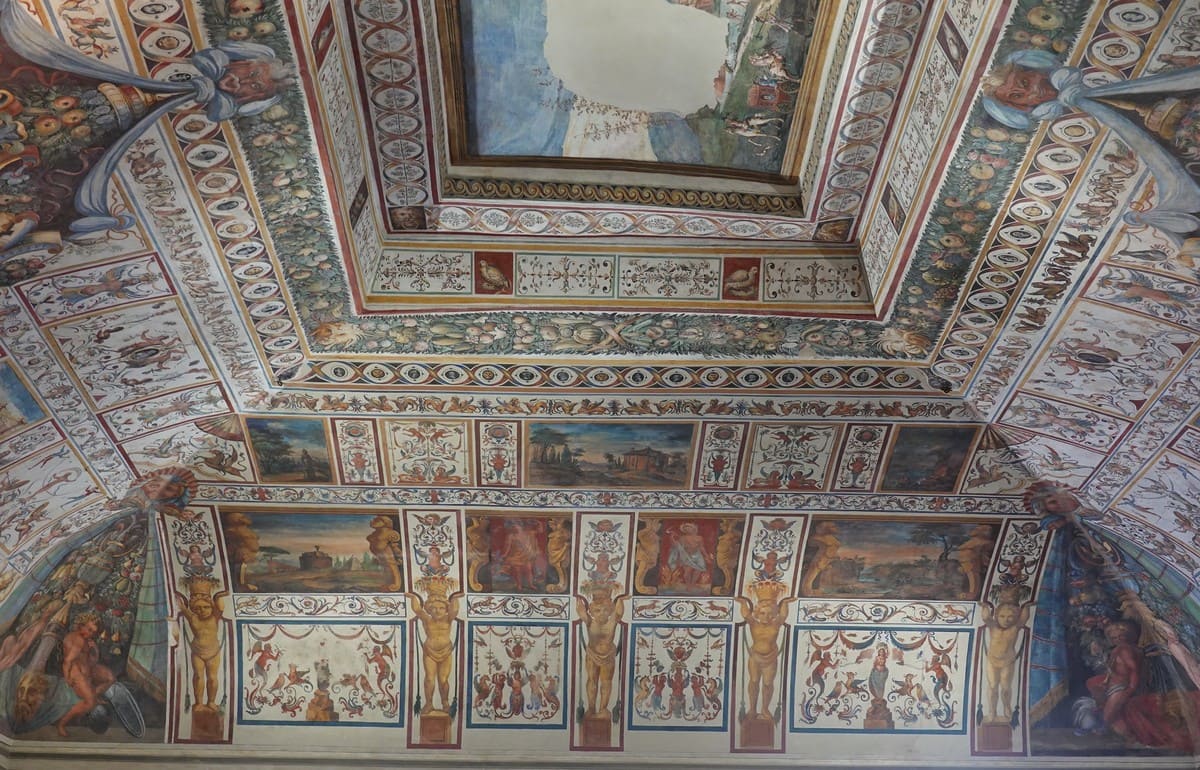

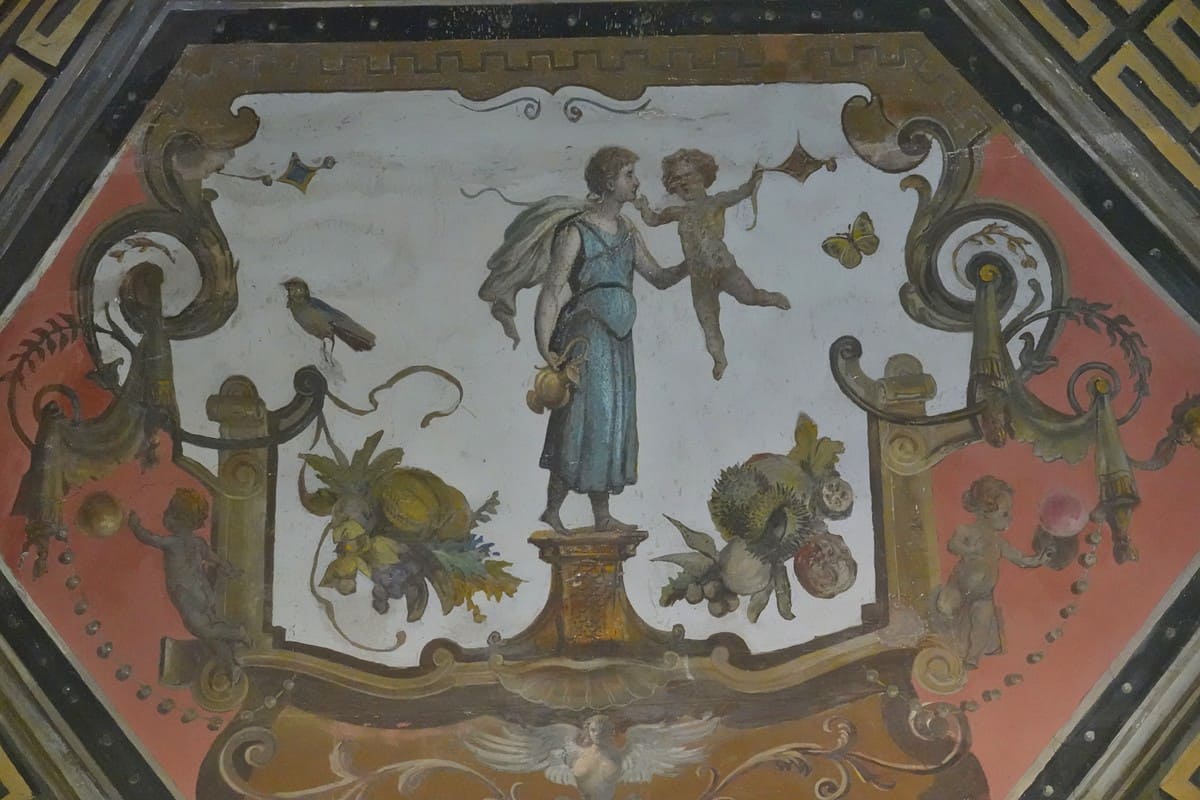
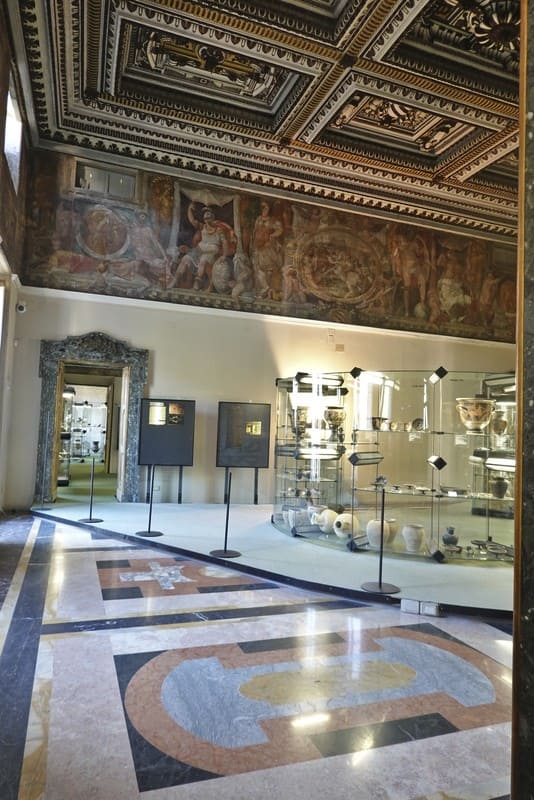
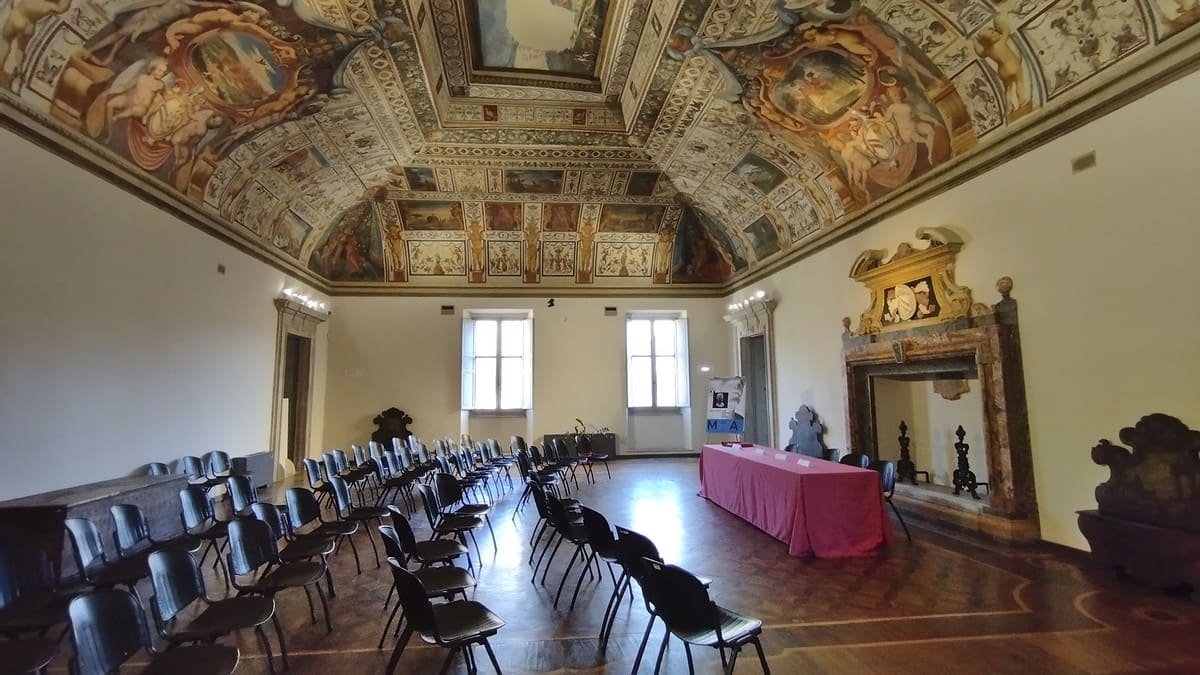
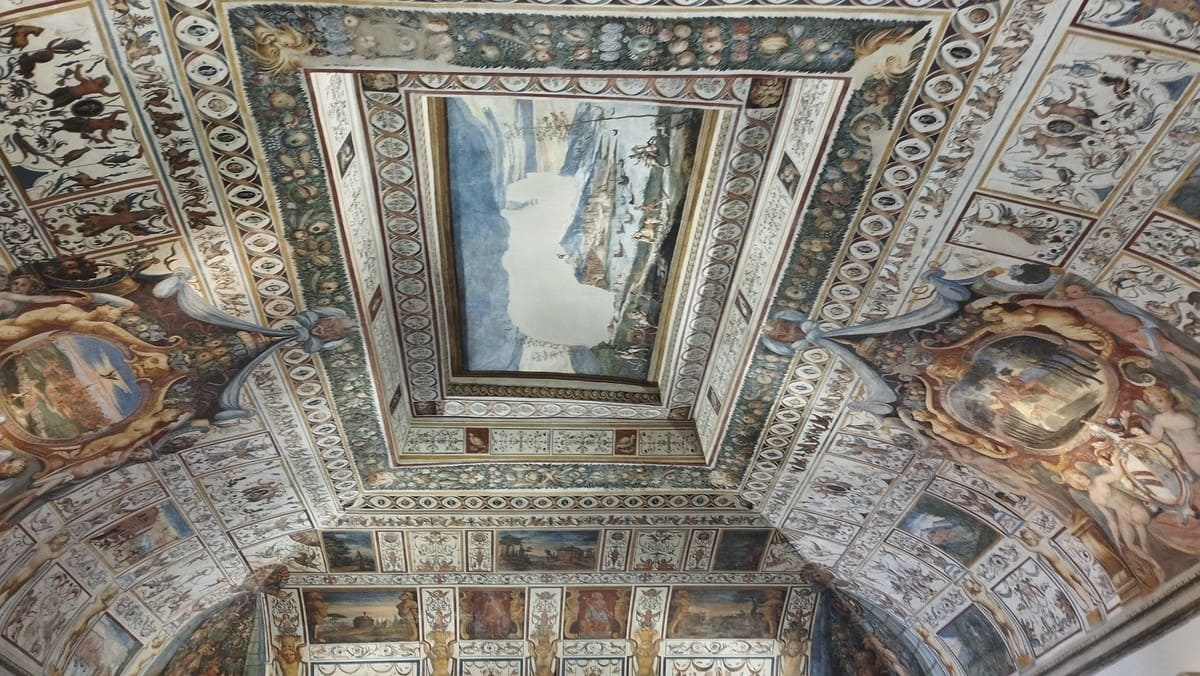
The Bronze Age section was not open, so we immediately ended up in the Iron Age, where we mainly found objects from the Picene population (9th century-3rd century BC). All finds were excavated from necropoli (cemeteries) near Numana. In the latter municipality we already visited the national Museum about the Picene queen. However, some of those objects ended up in Ancona. One can see that there was now a lot of iron working (helmets, knives) and many more refined objects. Based on Greek vases we noticed that trade had also developed with the Greeks.
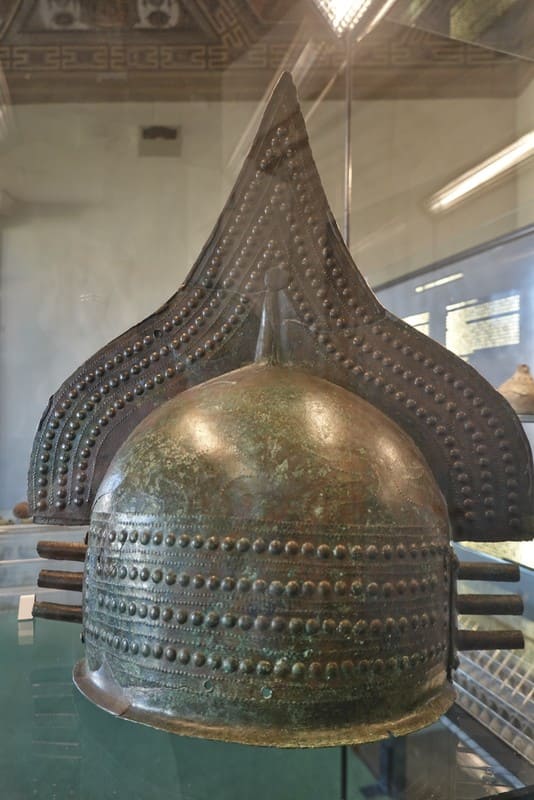
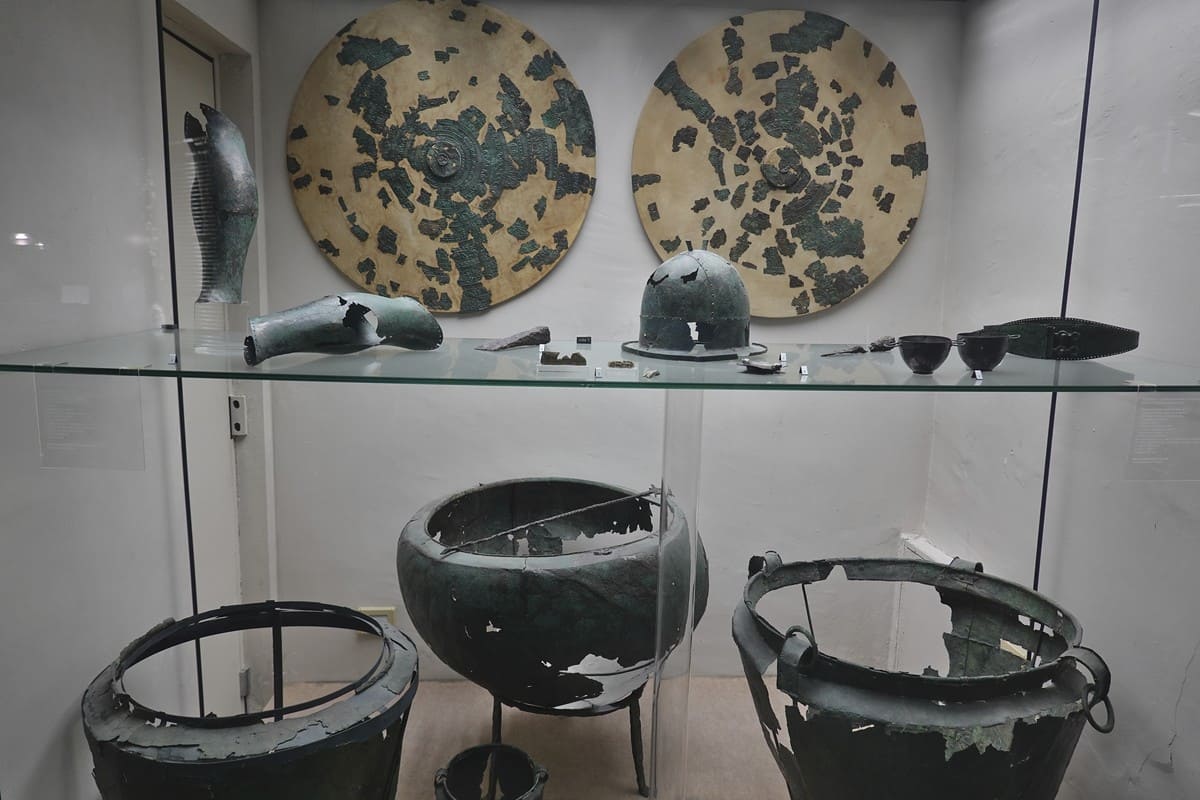
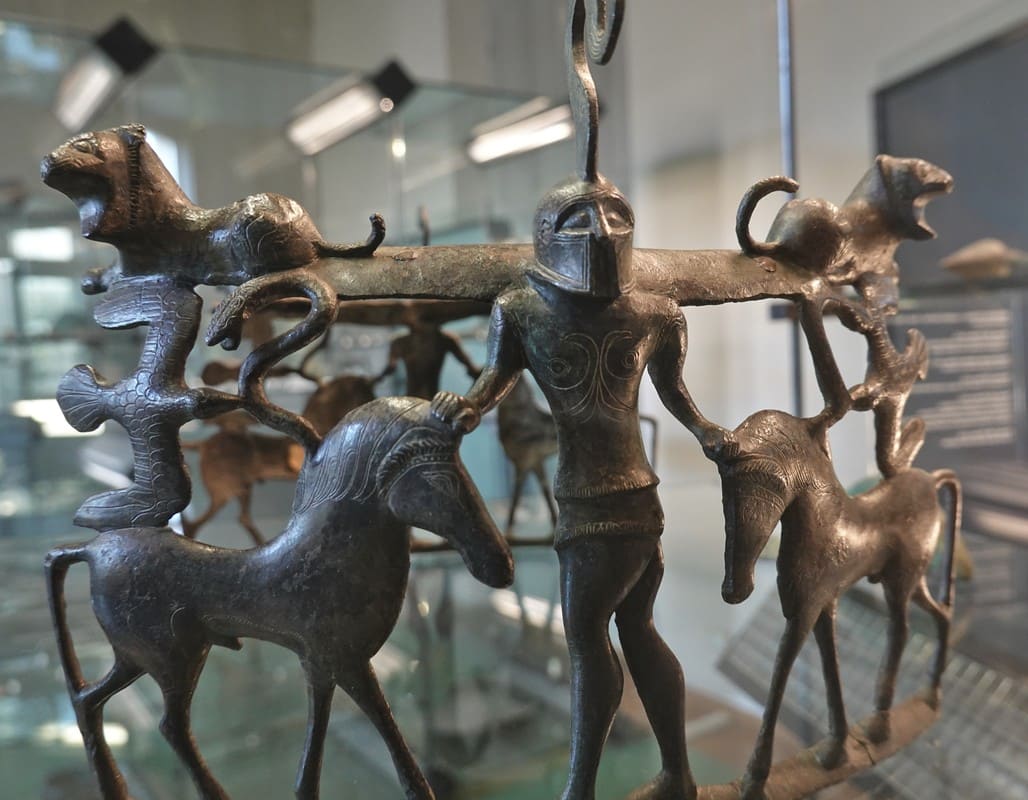
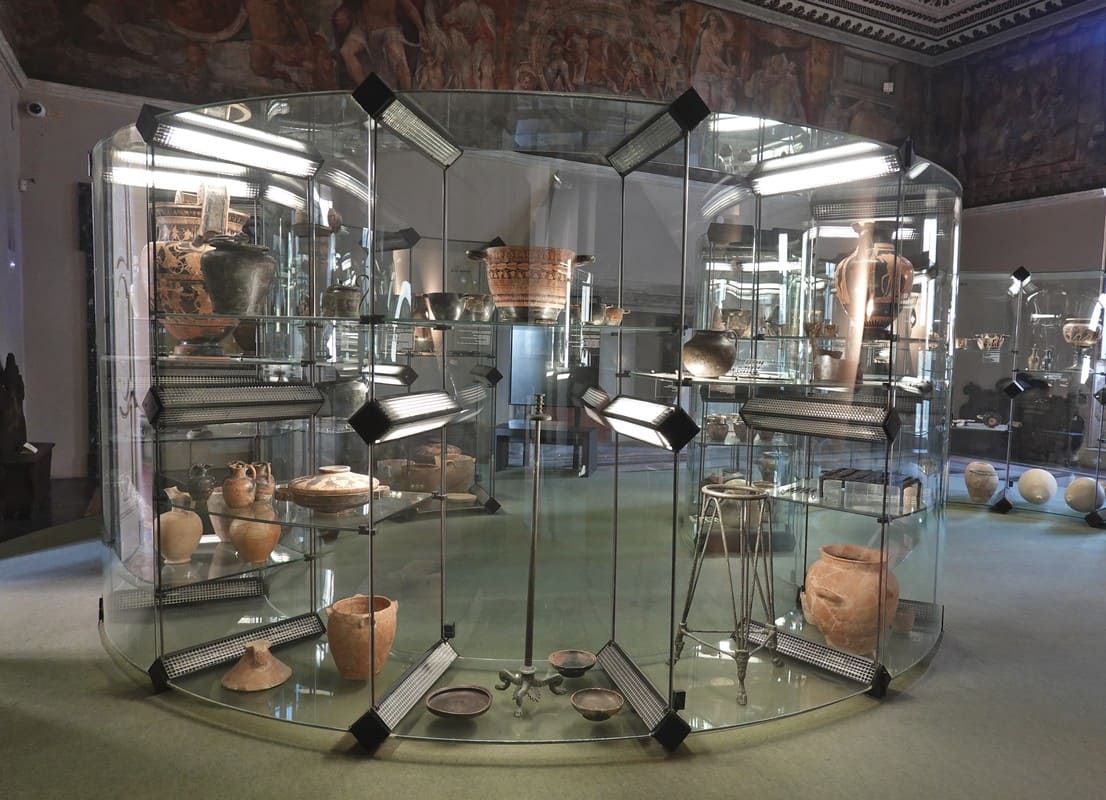
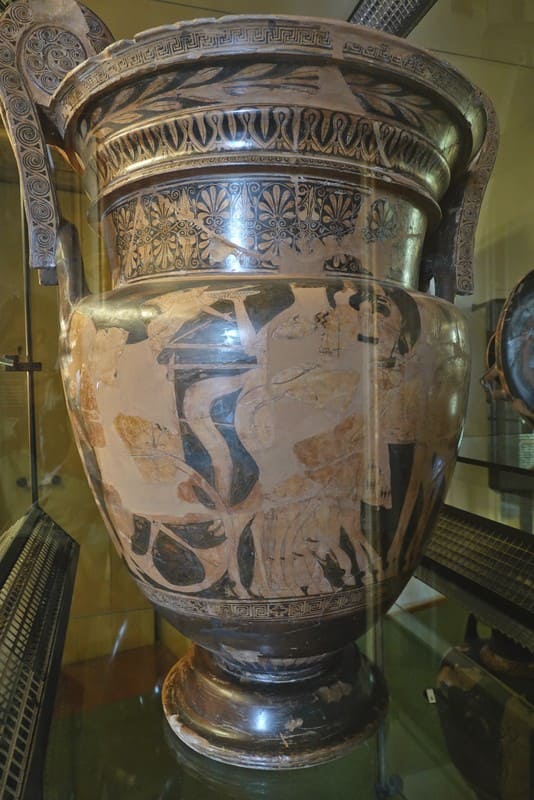
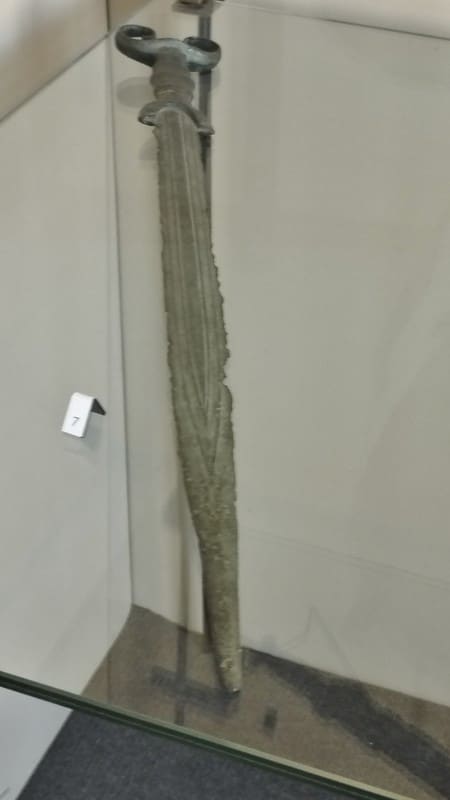
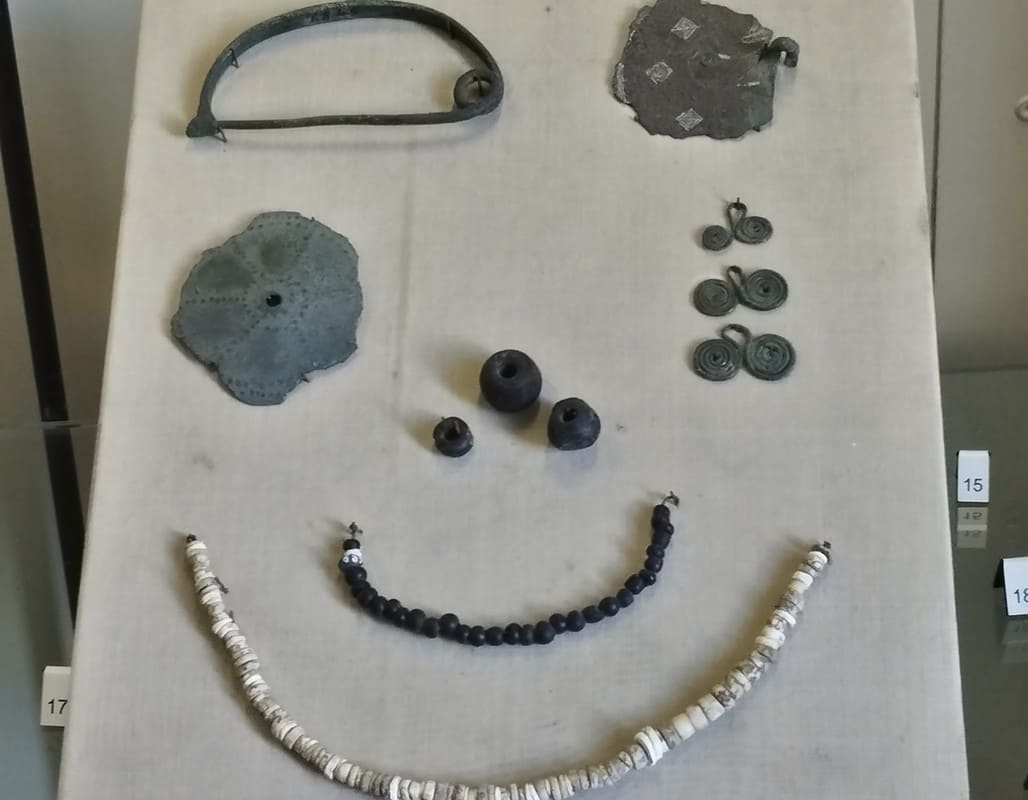


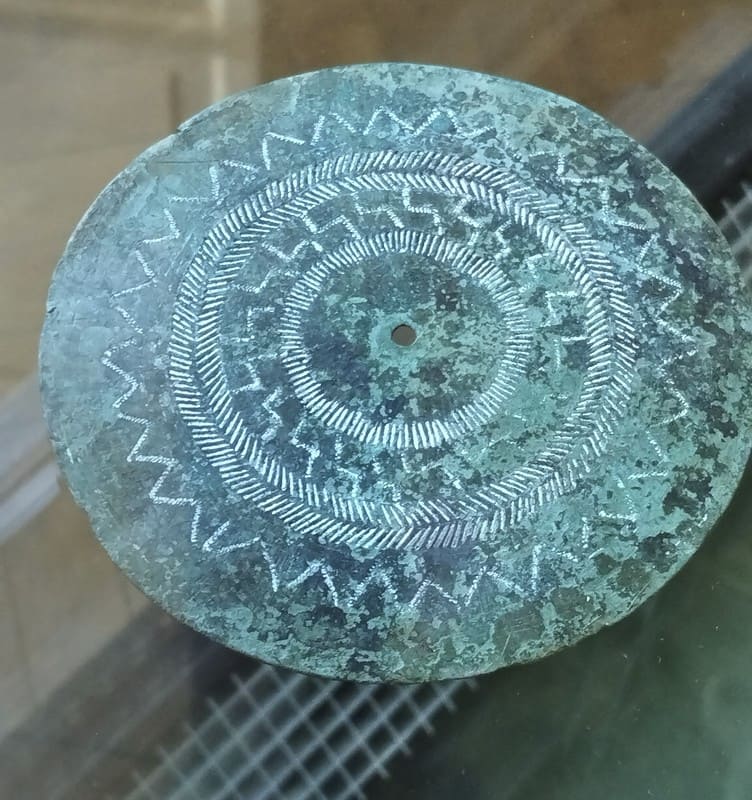
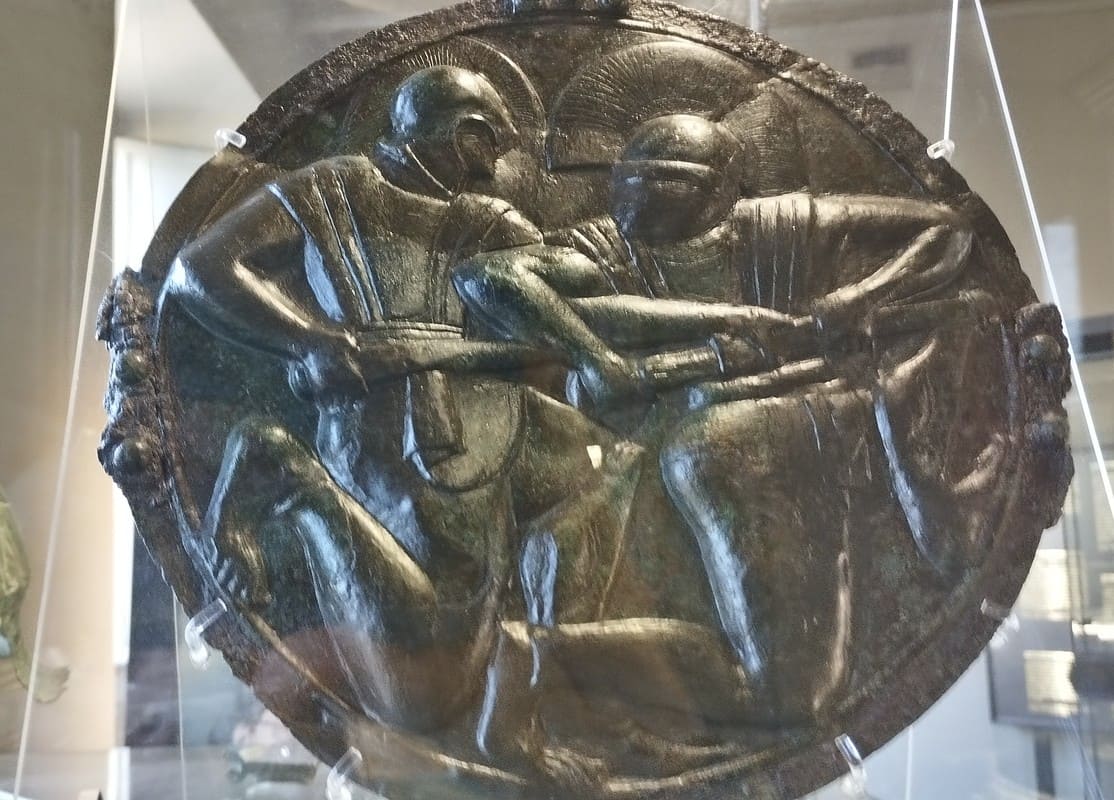
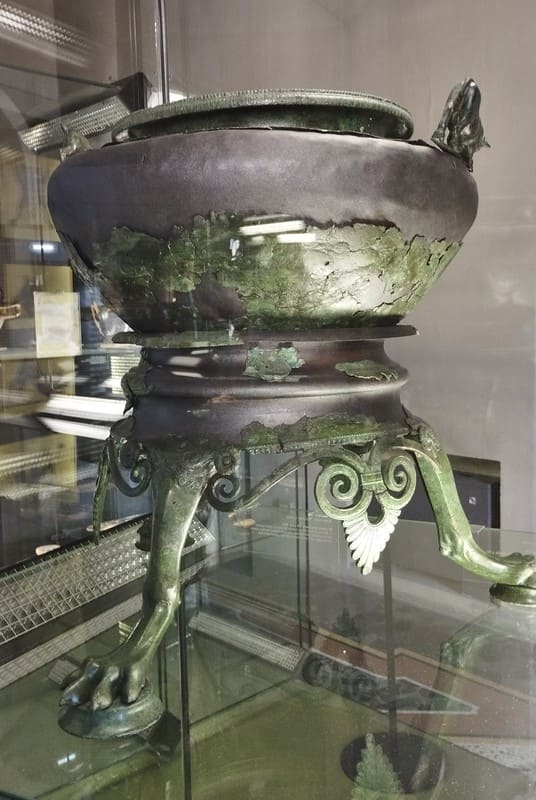
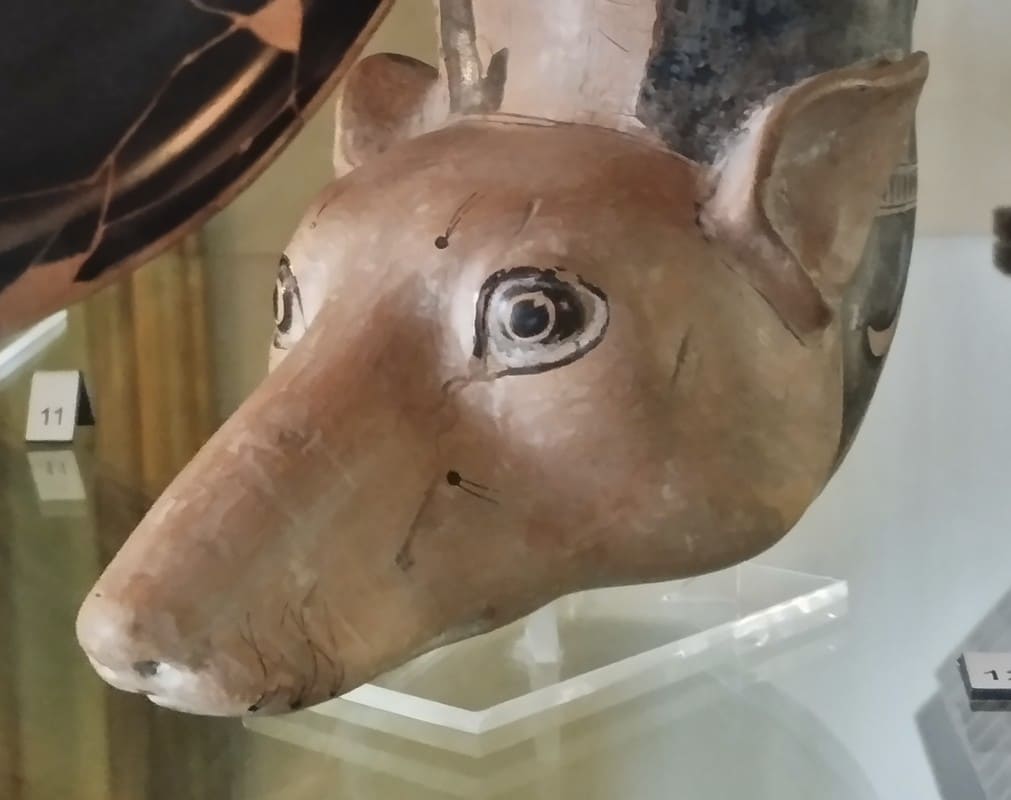
They even owned ivory objects!
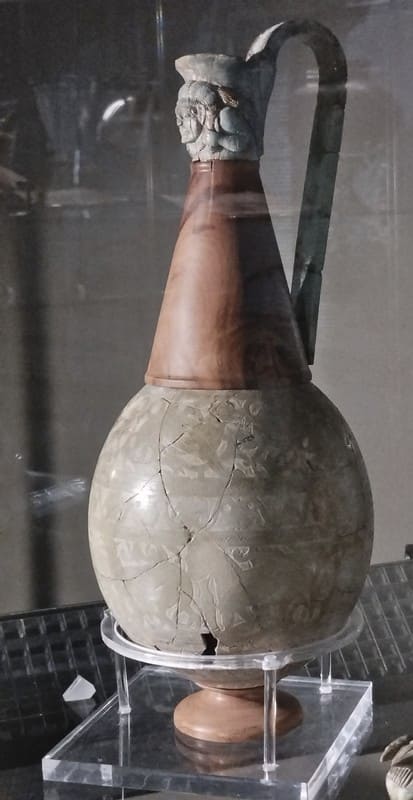

From the 4th century BC, the Celts or the Sanonian Gauls also arrived in the area of the current Marche. They were masters in metalworking and they could also make a type of glass.
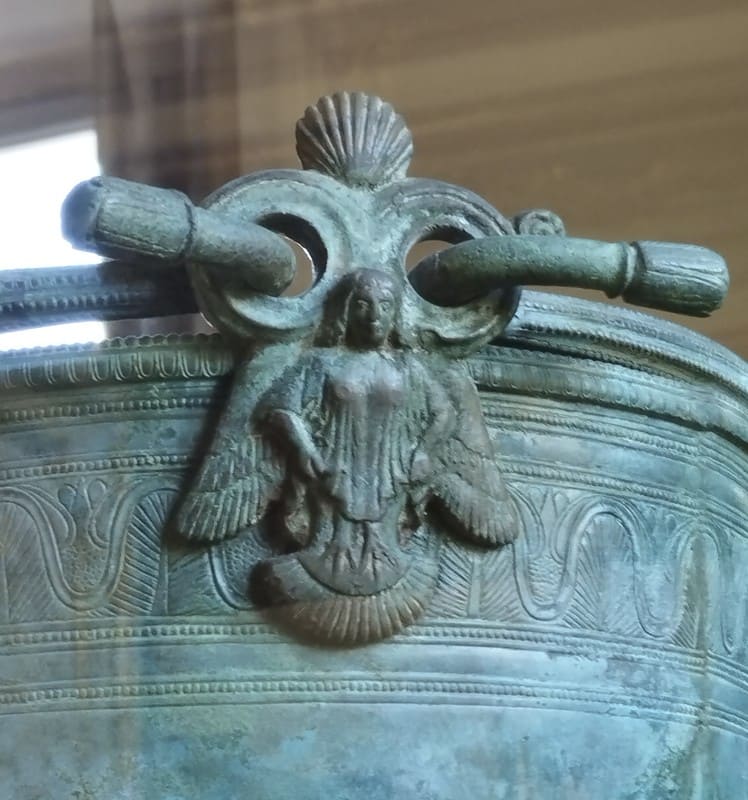
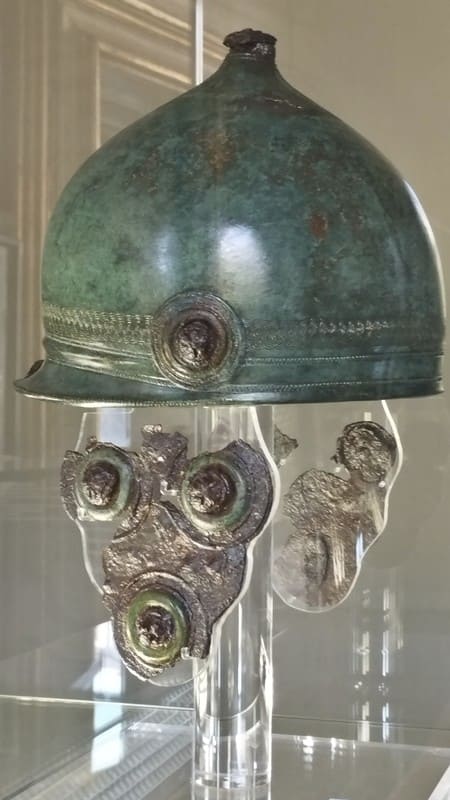
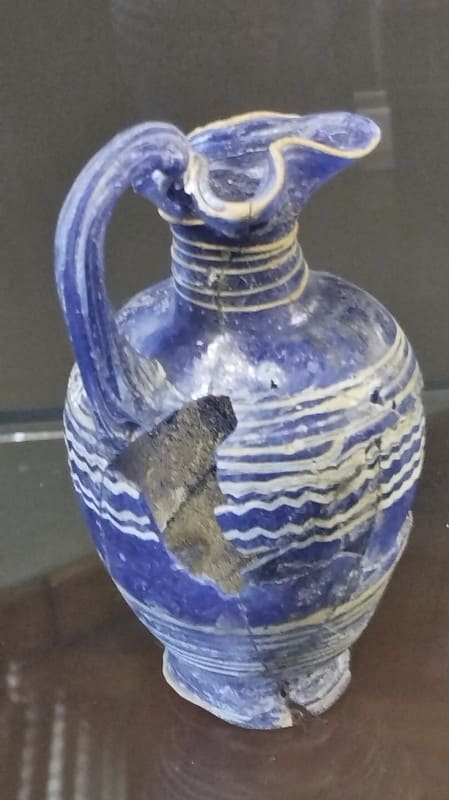

But we recognize their true mastery in their refined gold working, as evidenced by the rich finds during the excavations in Montefortino near Arvecia. You can see some of it in the archaeological museum of Arcevia, but the most beautiful objects are located here. They probably belonged to a woman who held a high rank in her community.
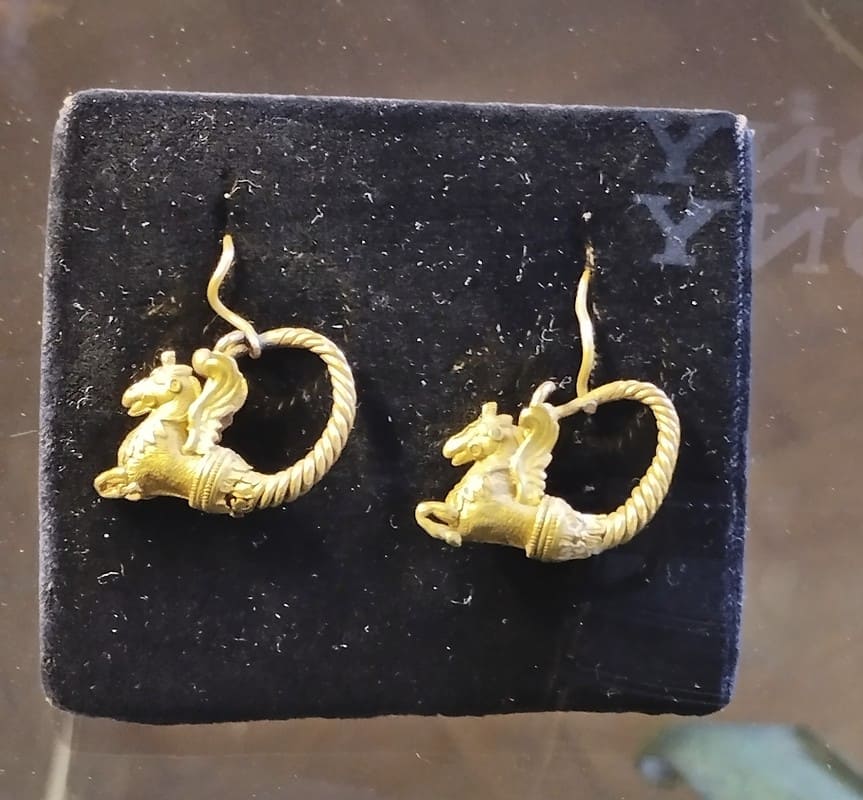
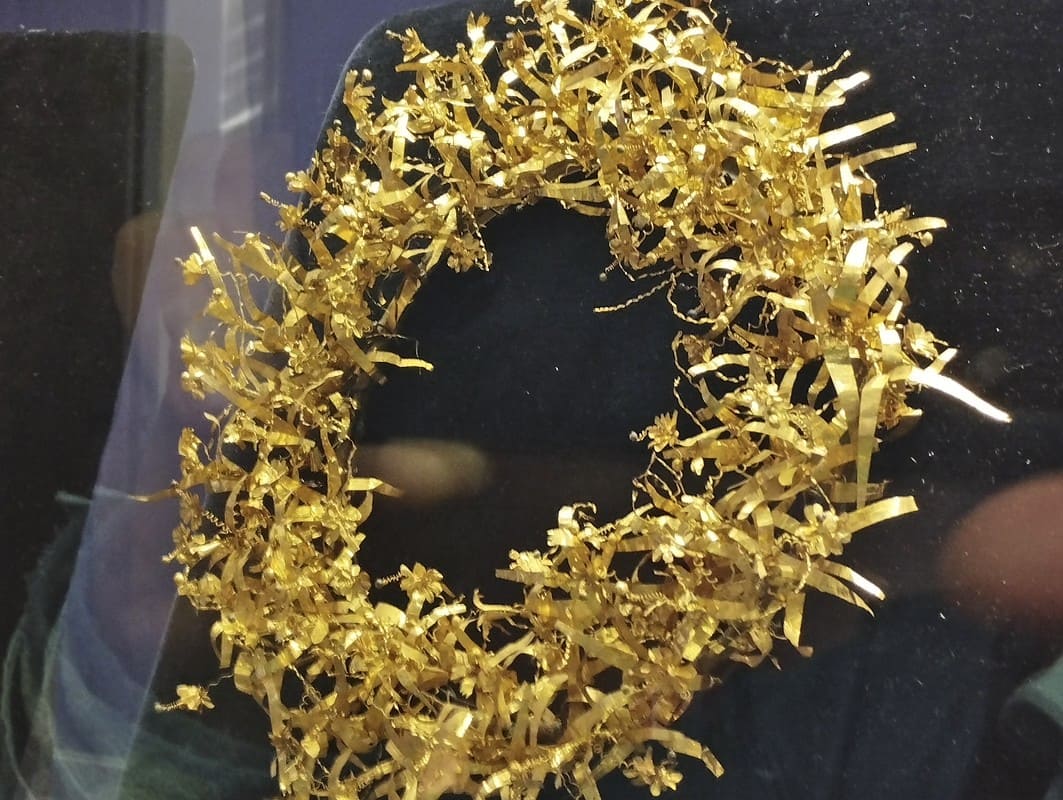
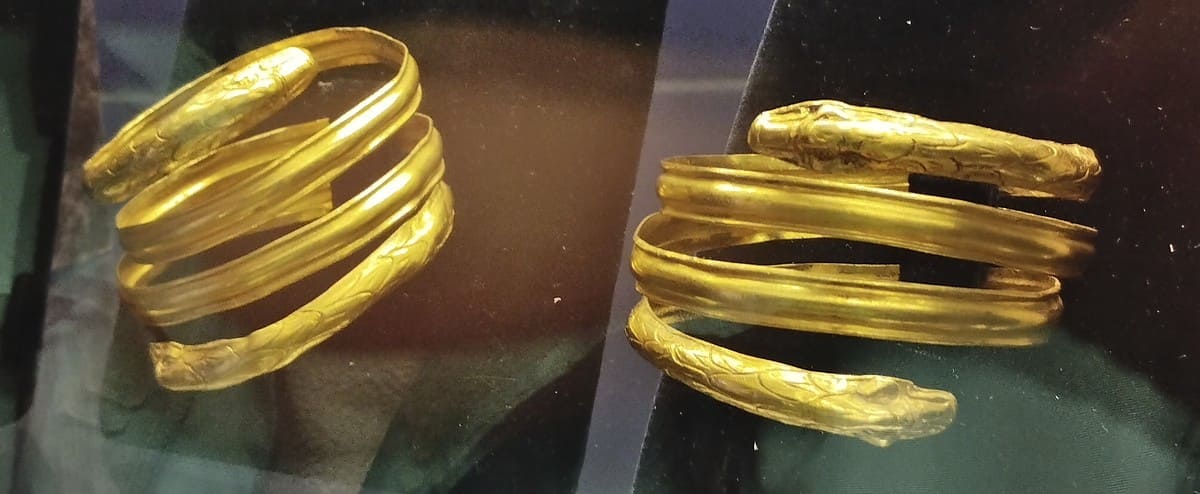
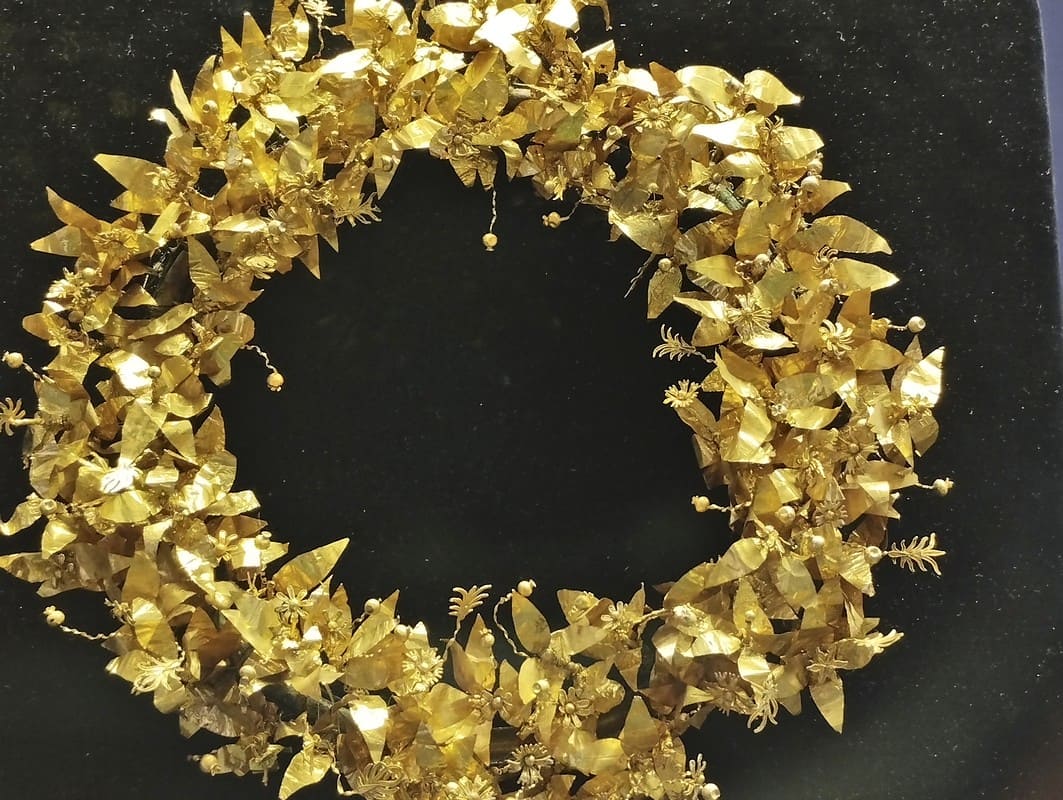
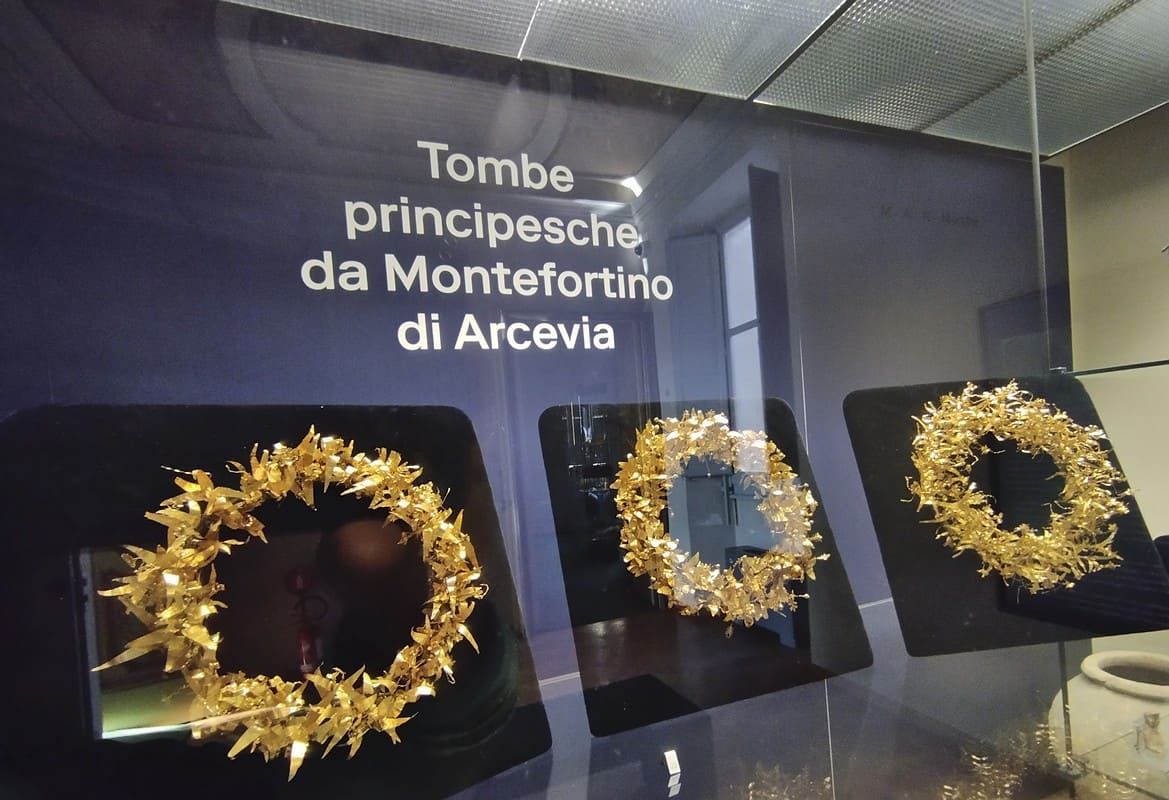
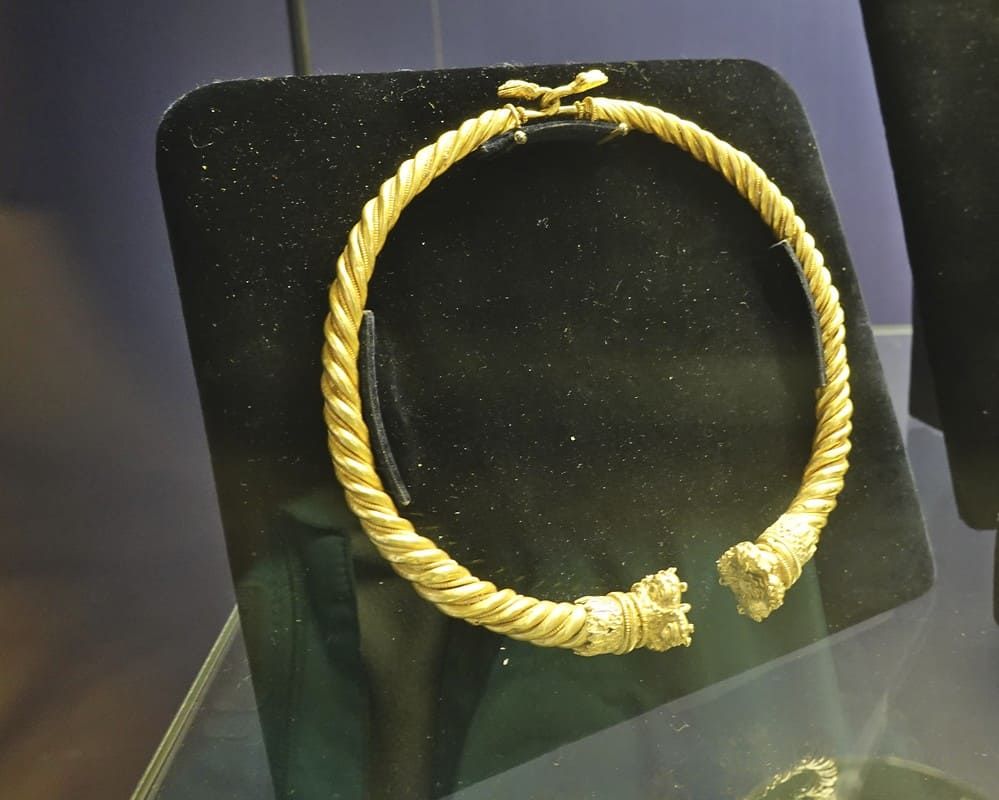
I think that such wreaths (3rd century BC) are a challenge even for today’s goldsmiths!
The next room housed the early Roman period, a room opened in 2013. Since from this period onwards, in addition to cemeteries, domus or houses were also found during excavations, many more everyday objects were now discovered. Floor mosaics were now also among the finds, as well as remains of murals. All finds from this room were discovered in Ancona.

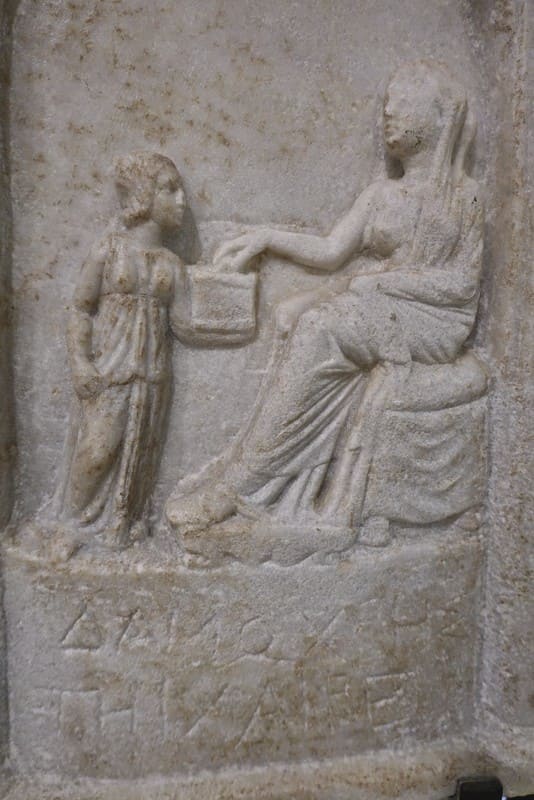
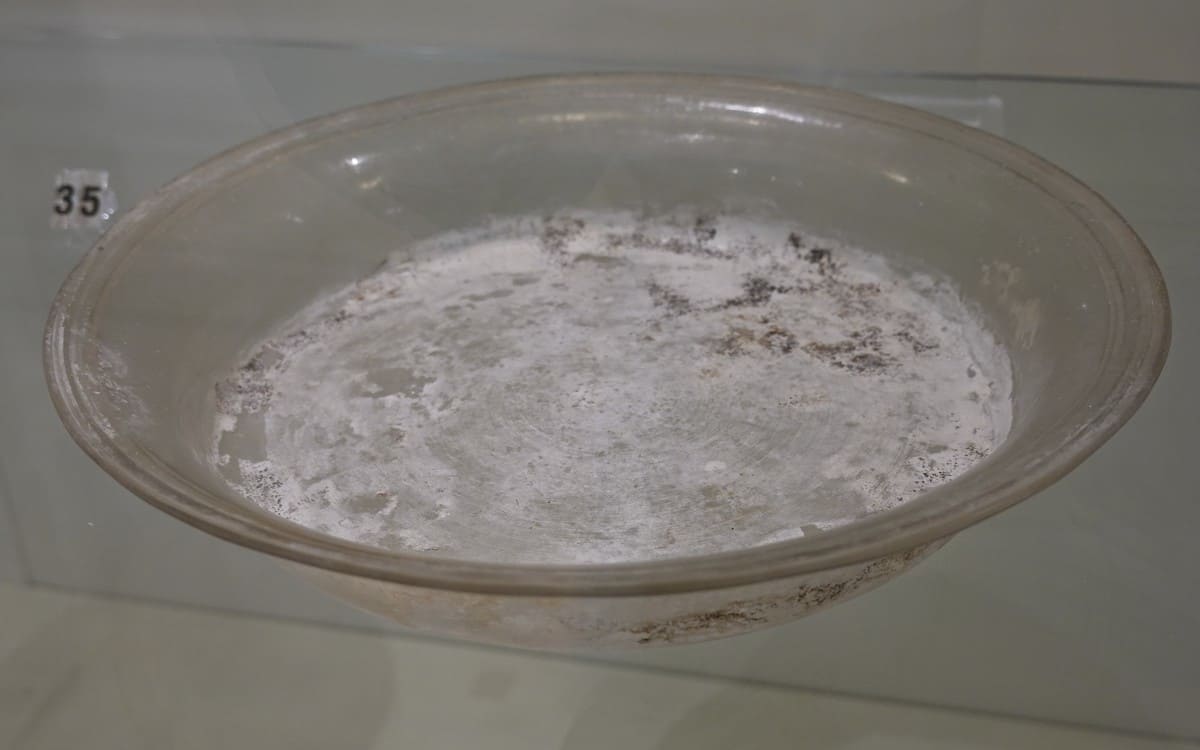

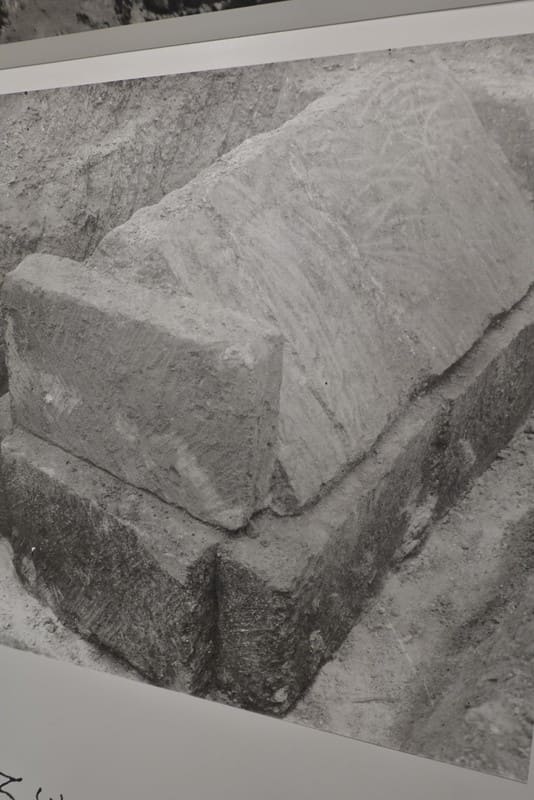
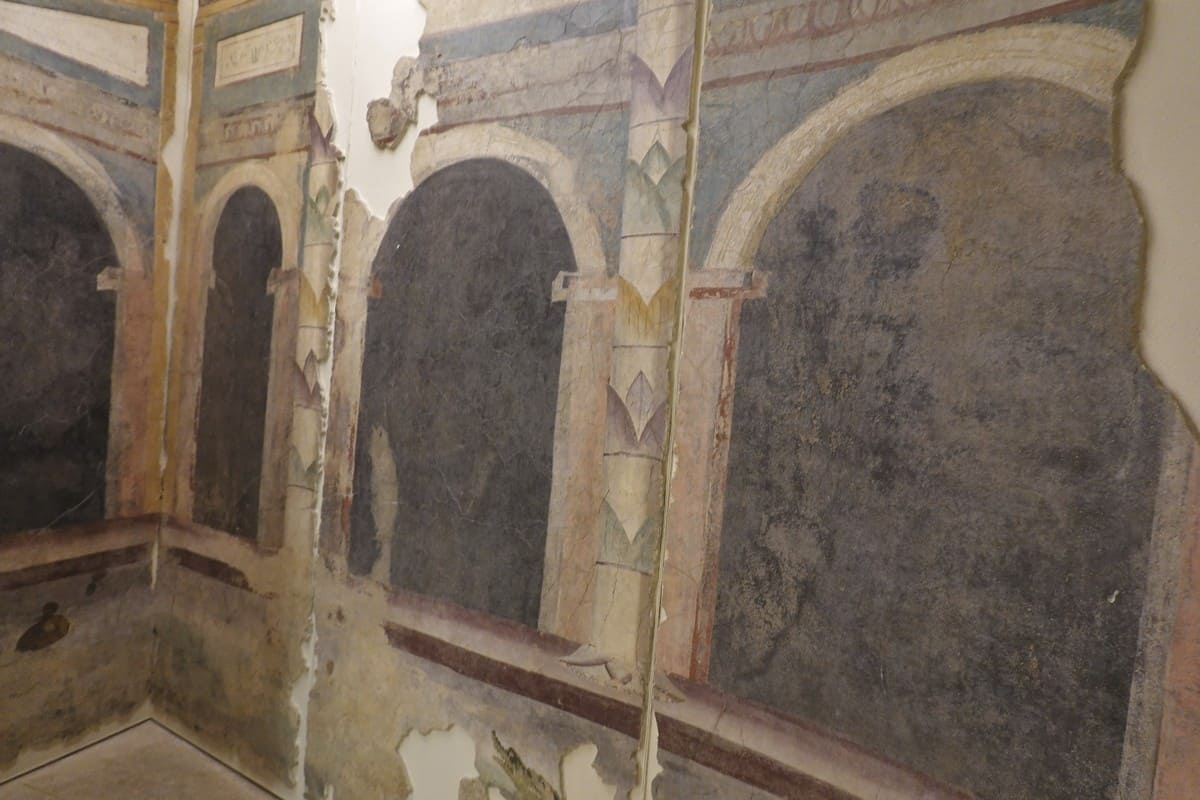
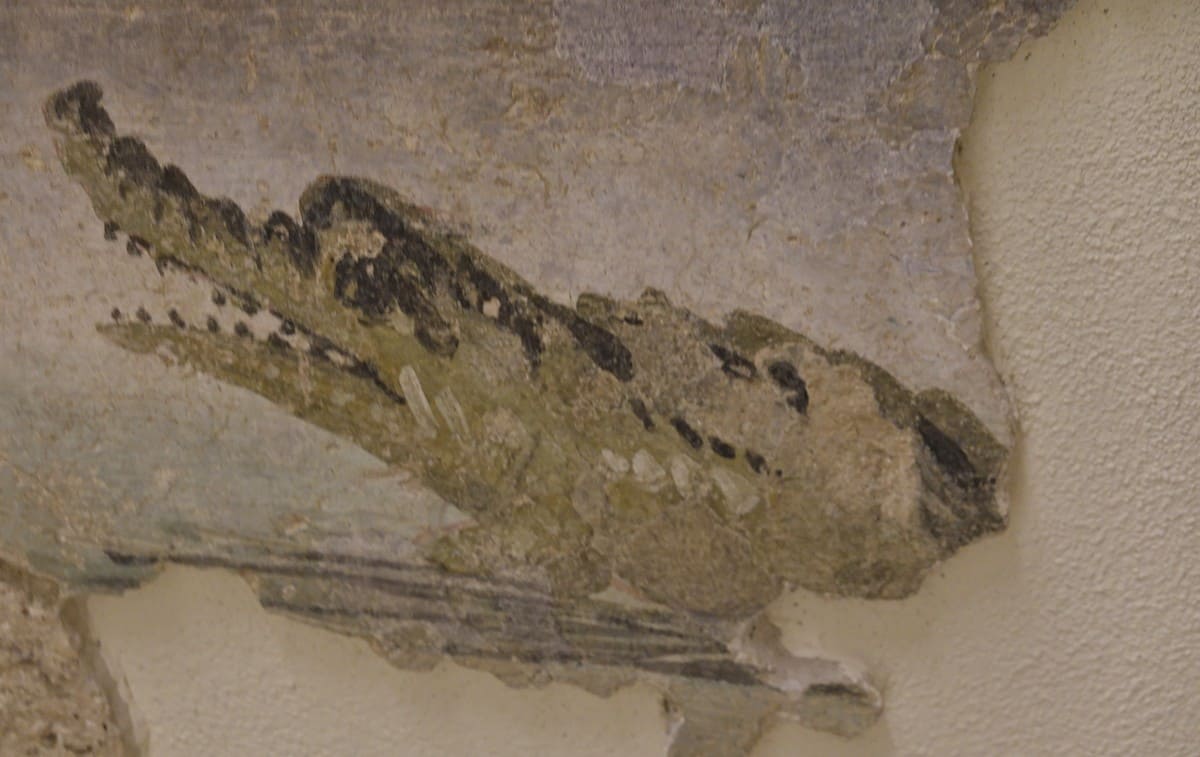
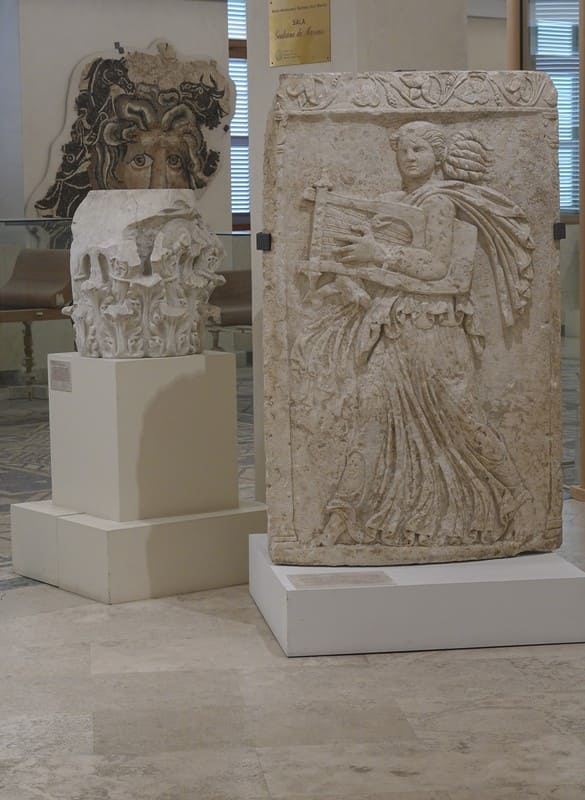

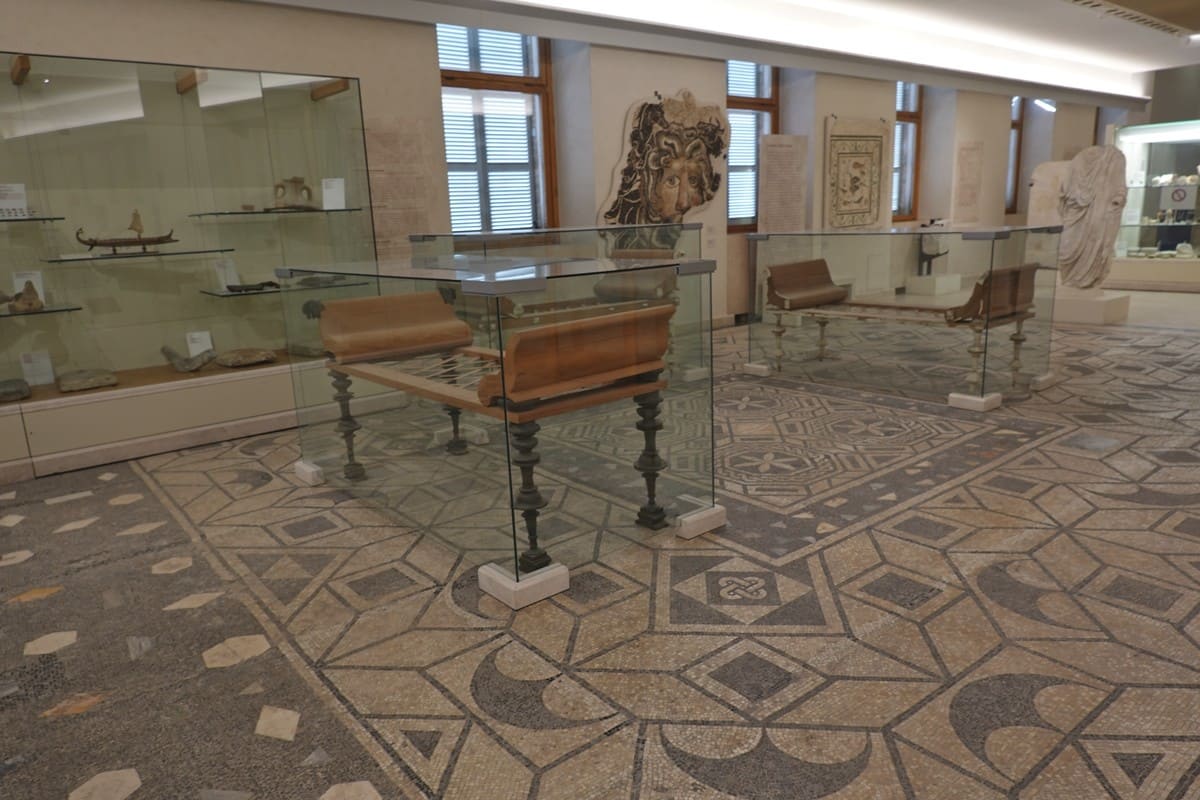
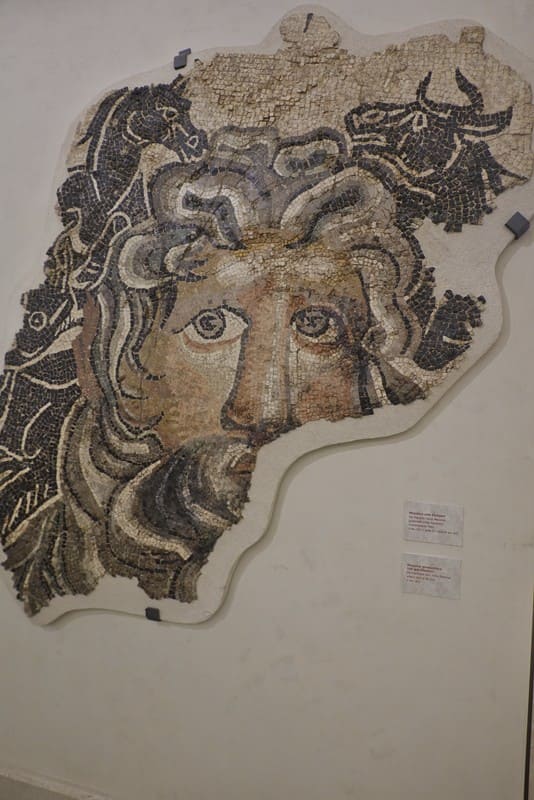
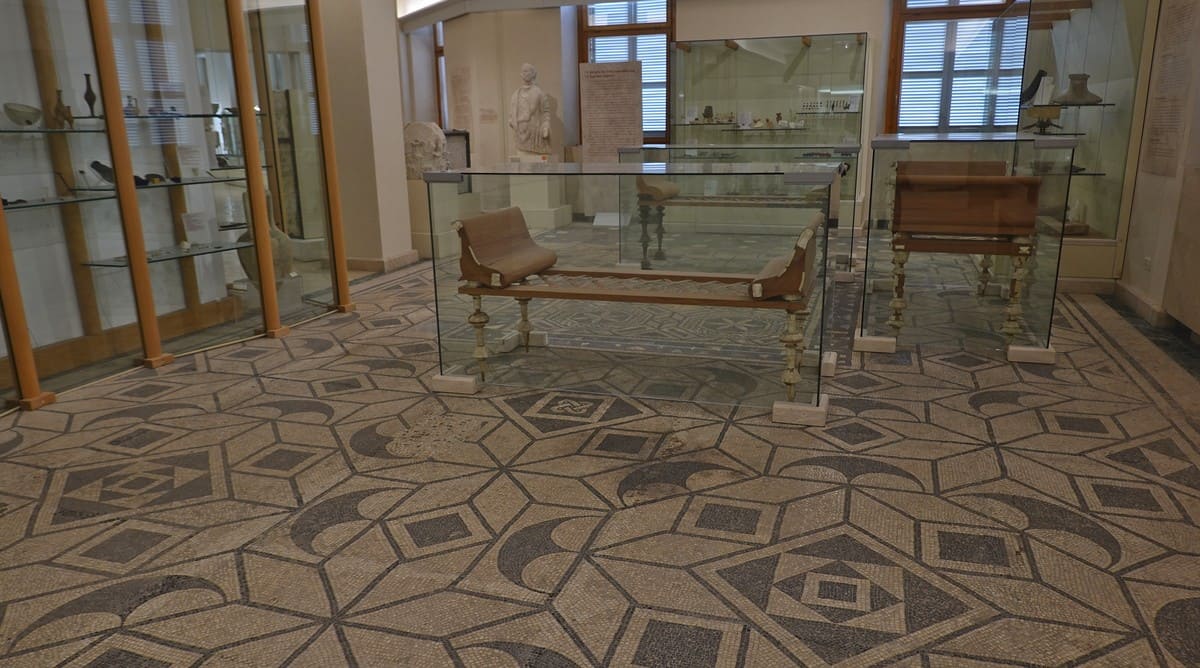
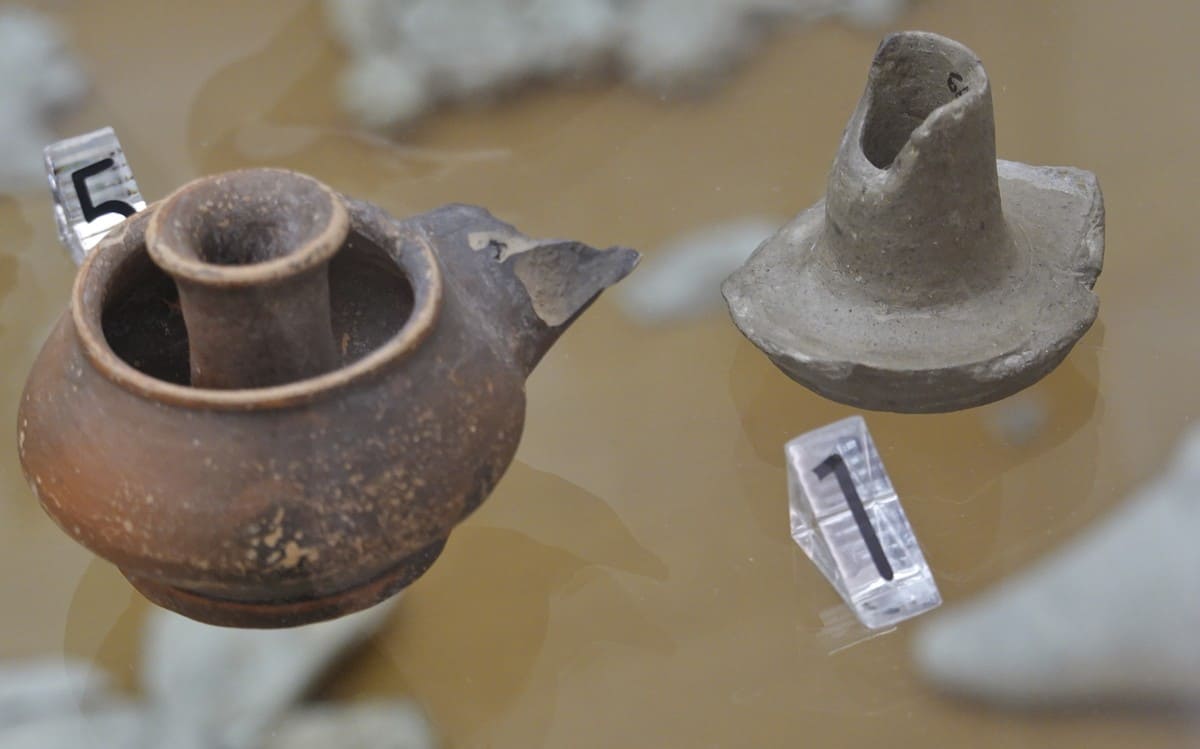





A beautifully decorated room where the panels with explanations took over the colors of the tombstones. By the way, a copy of an element of the Trajan Column in Rome hung here (near the Roman Forum). That column tells the story of Emperor Trajan. Also the part where he left the port of Ancona on his conquests to Dacia, in present-day Romania. (101-102 AD) This emperor also has a triumphal arch in the port of Ancona due to its importance for the sea port in Roman times. You can find more about this in our article 24 hours in Ancona.
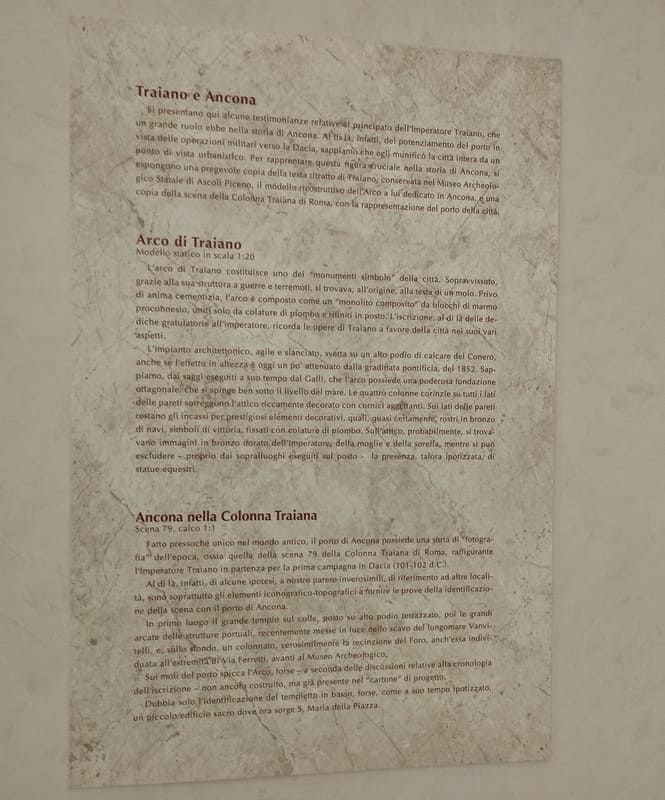
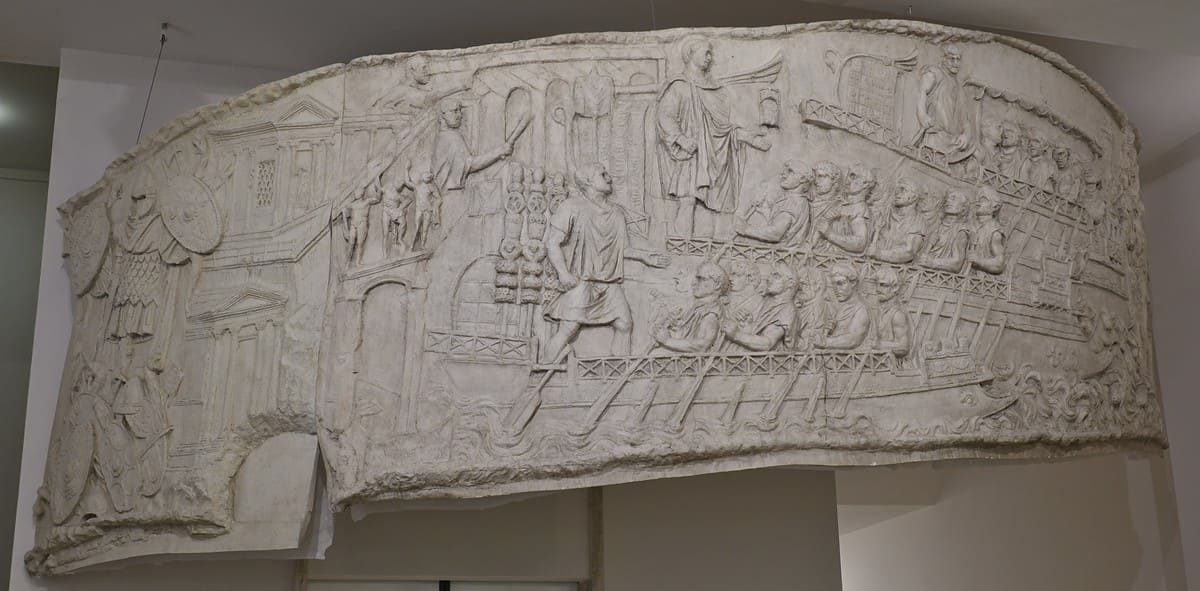
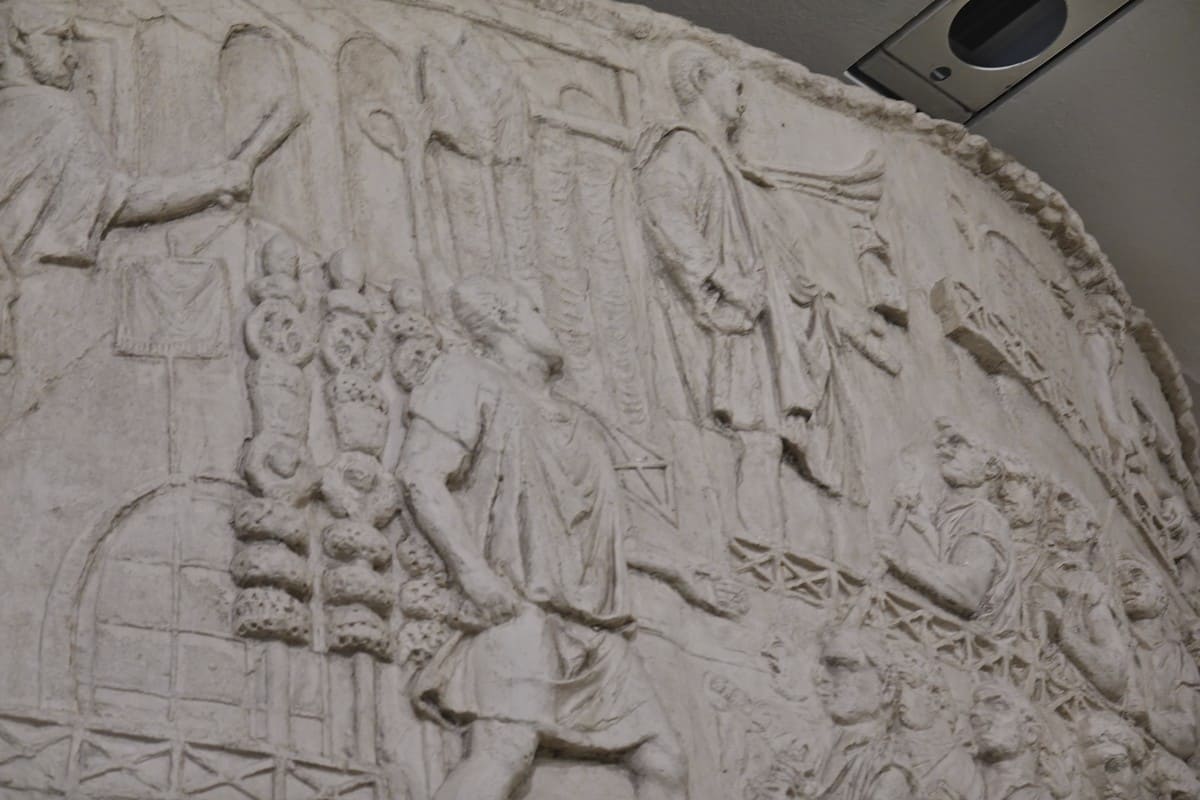
Excavations were of course also carried out where the former Roman port of Ancona was located.
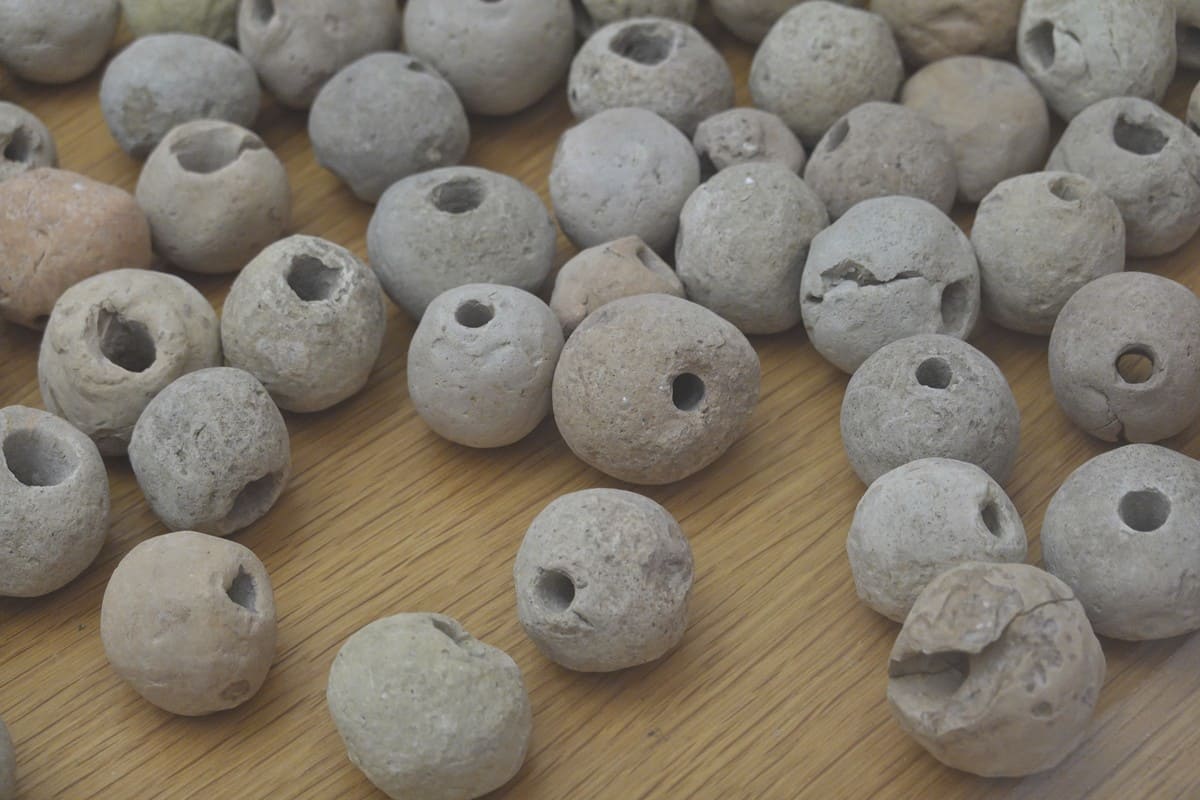
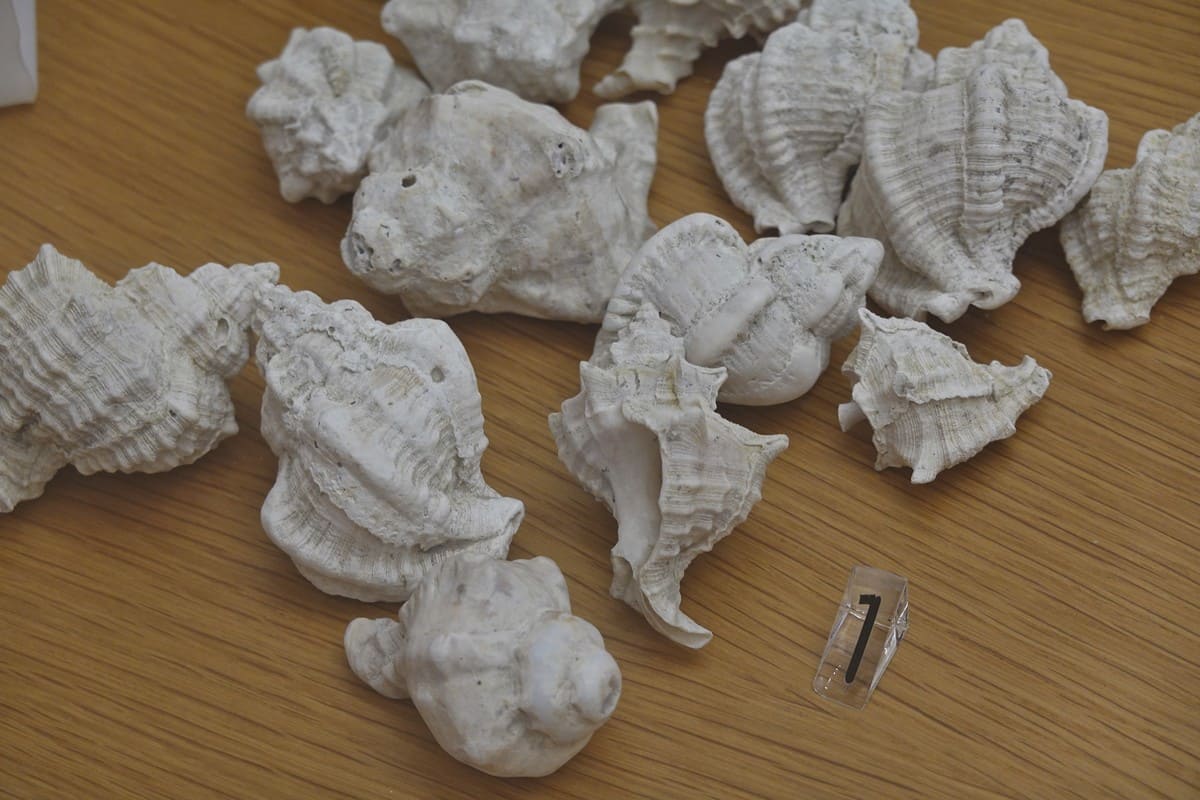
We arrived in the last and newly opened room where mainly Roman marble heads, coins and graves were placed. Unfortunately, this was the only room with English translations. One marble coffin (3rd century AD?) stood out, with a lead pipe coming out of it. During private worship of the deceased person or during the Parentalia, wine, honey and milk were poured into the tube, so that the deceased person could also join in the celebration.
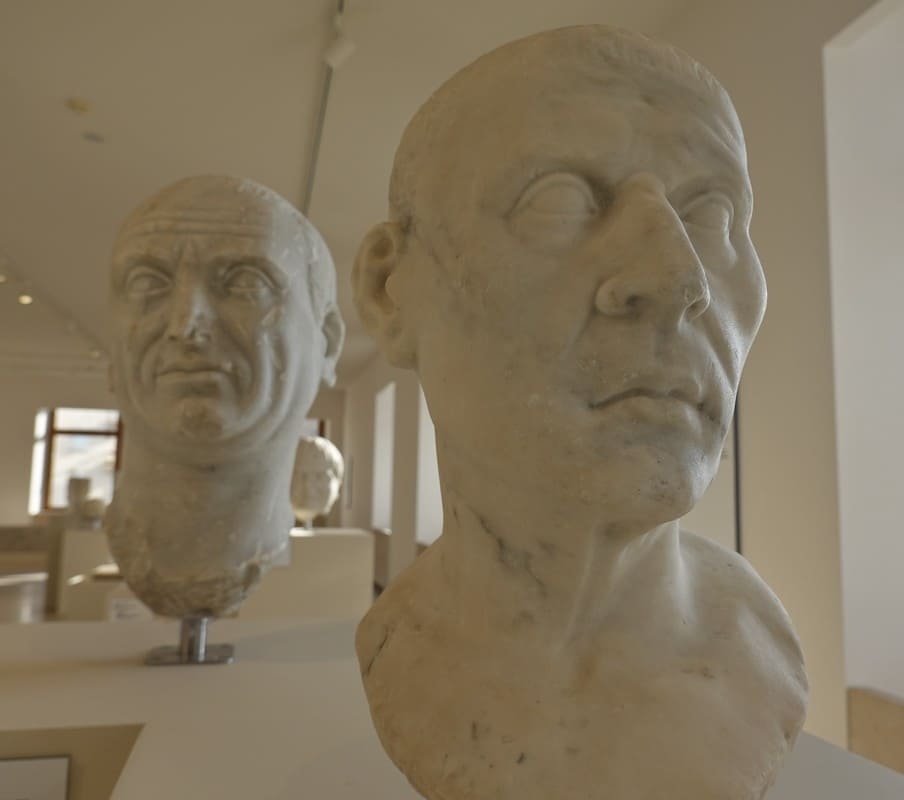
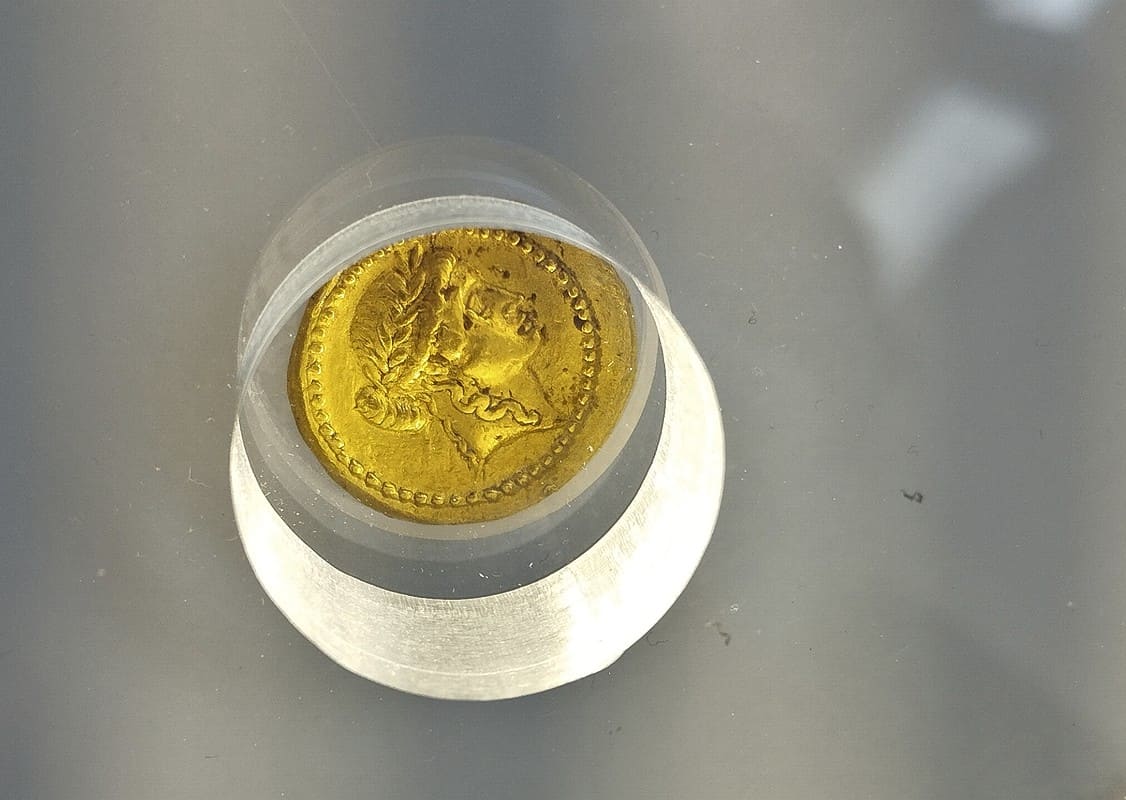
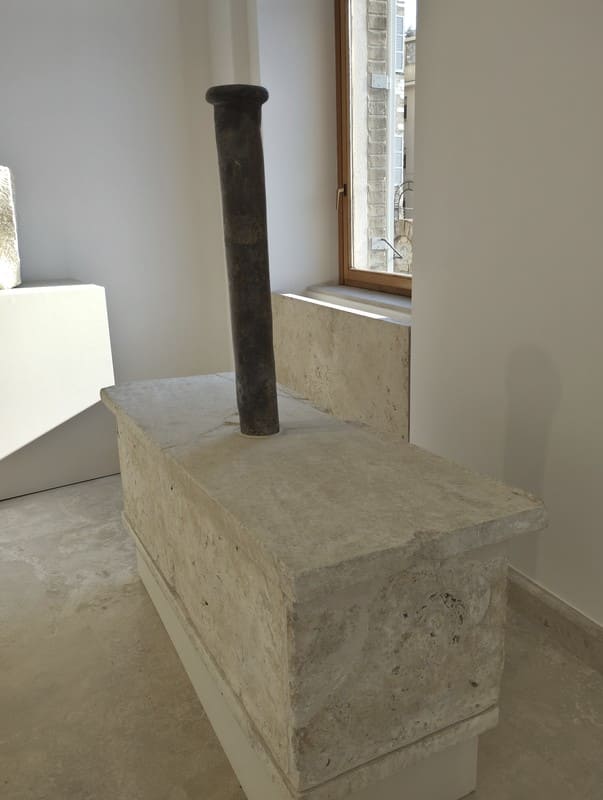
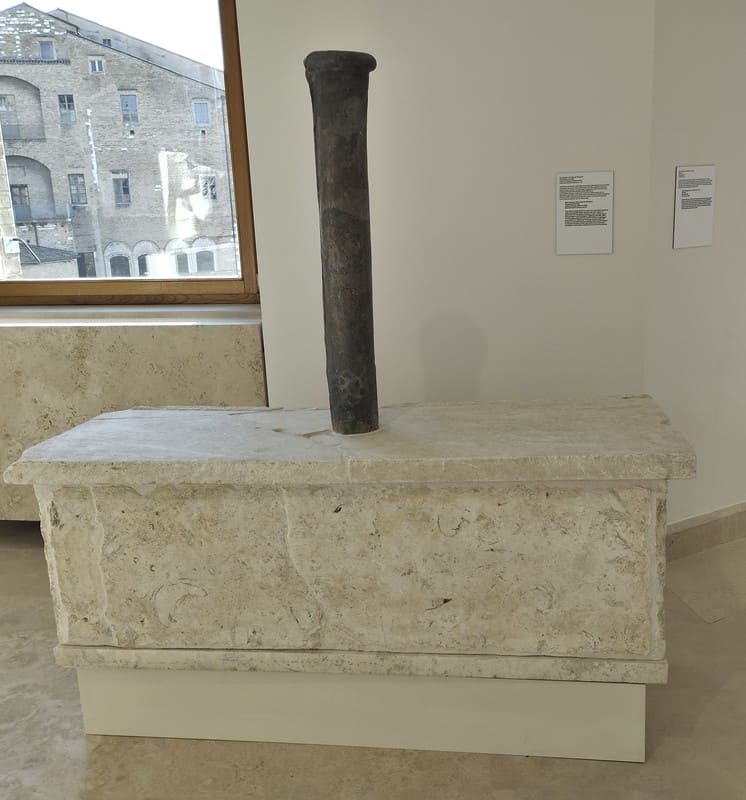
A special marble sphere excavated at Matelica still provided scientists with plenty of riddles: it was an astronomical instrument, but how exactly it worked and from what time was not yet known.
A modern auditorium ended our tour. Here actually hung a copy of the Ichtiosaur found in Genga and on display in the museum near the Frasassi caves.
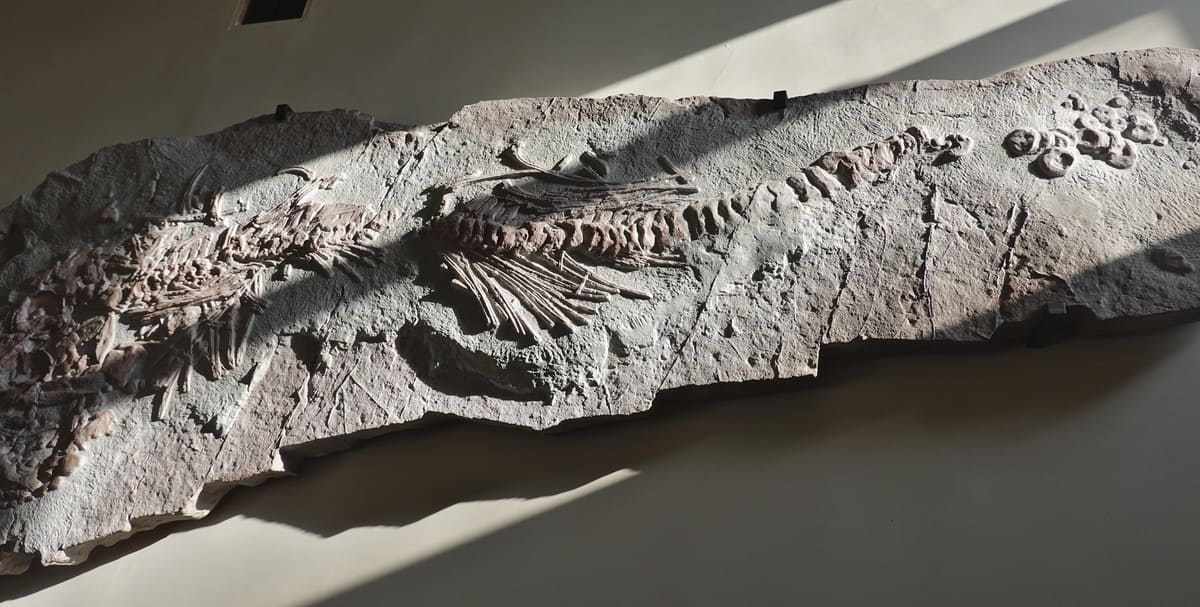
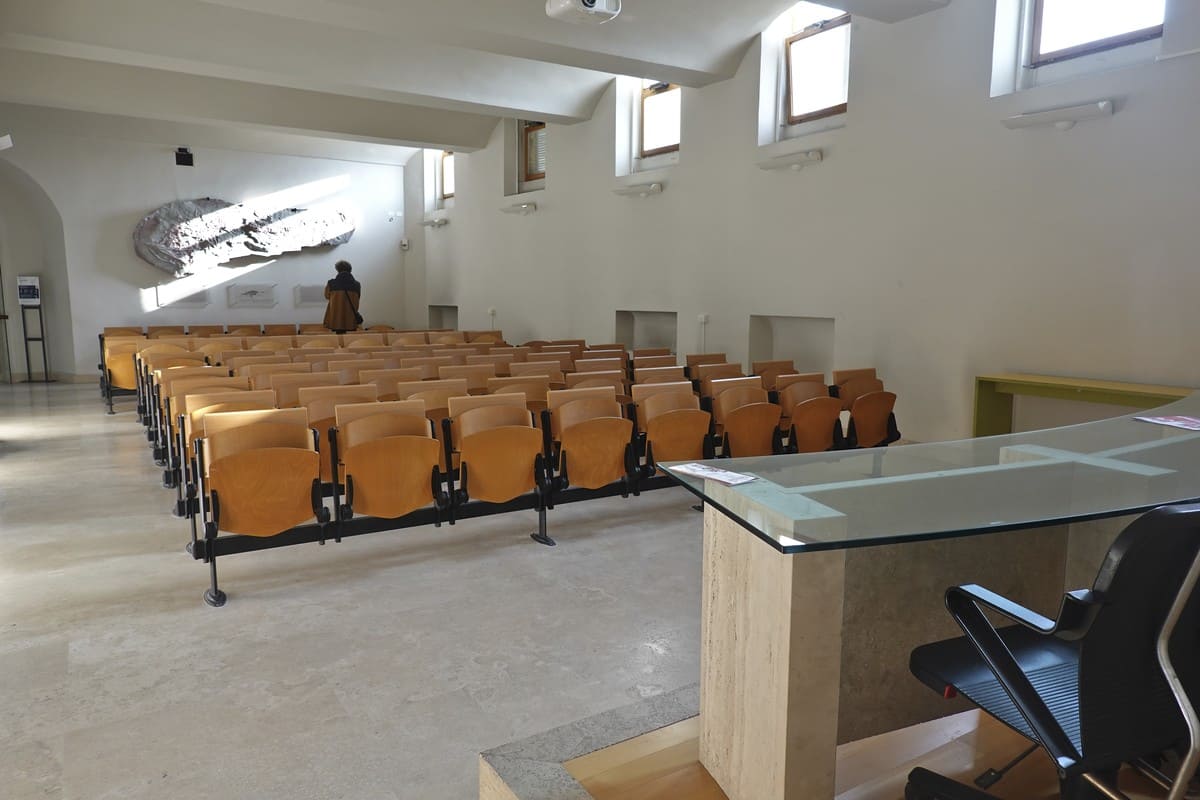
The Anconite Museum contained really valuable and interesting objects. It’s a shame that the last room was not made more modern, because it unfortunately remains a static museum. Moreover, we hope that in the future they will also provide the other rooms with bilingual information.
You can receive explanations via a QR code during the course, but only in Italian.
The museum is closed on Mondays and open:
Tuesday and Wednesday: 8.30am-1.30pm
Thursday to Saturday: 8.30am-7.30pm
Sunday: 2:30 PM – 7:30 PM
Price and location on website.

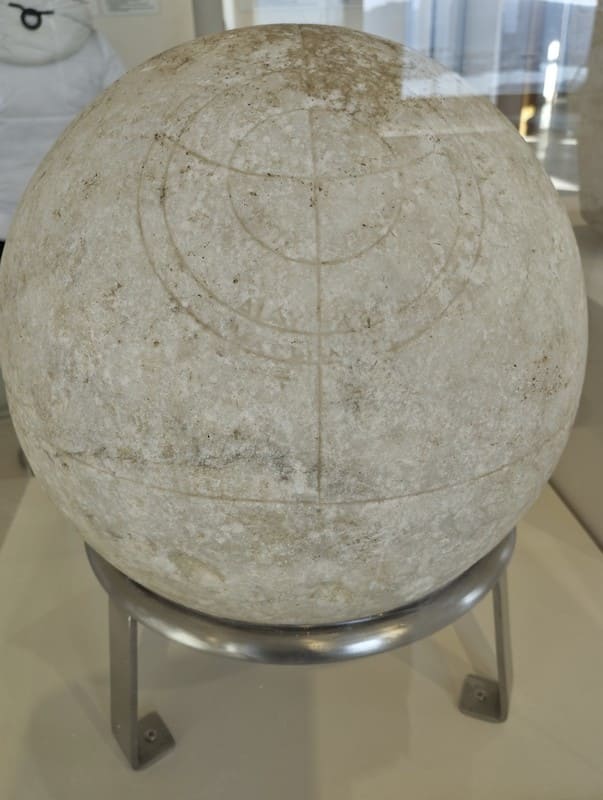
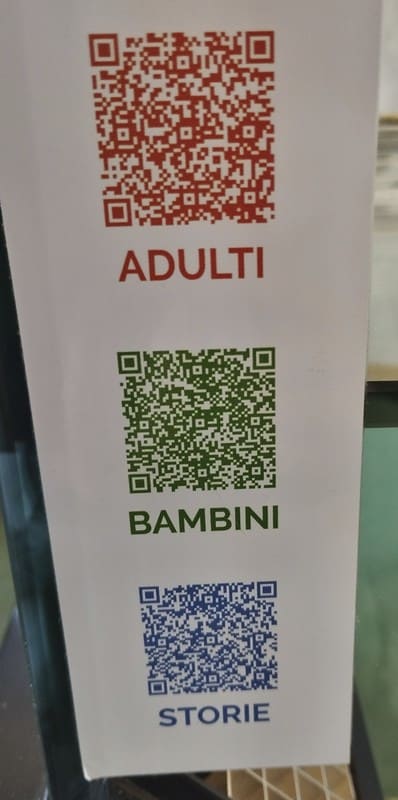
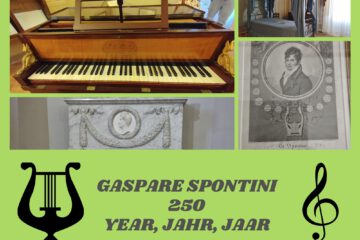
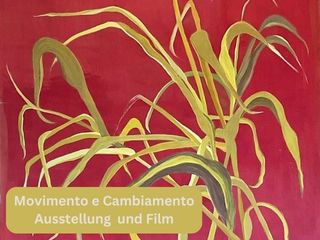
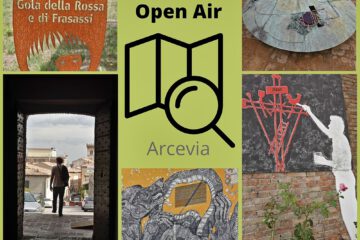
0 Comments